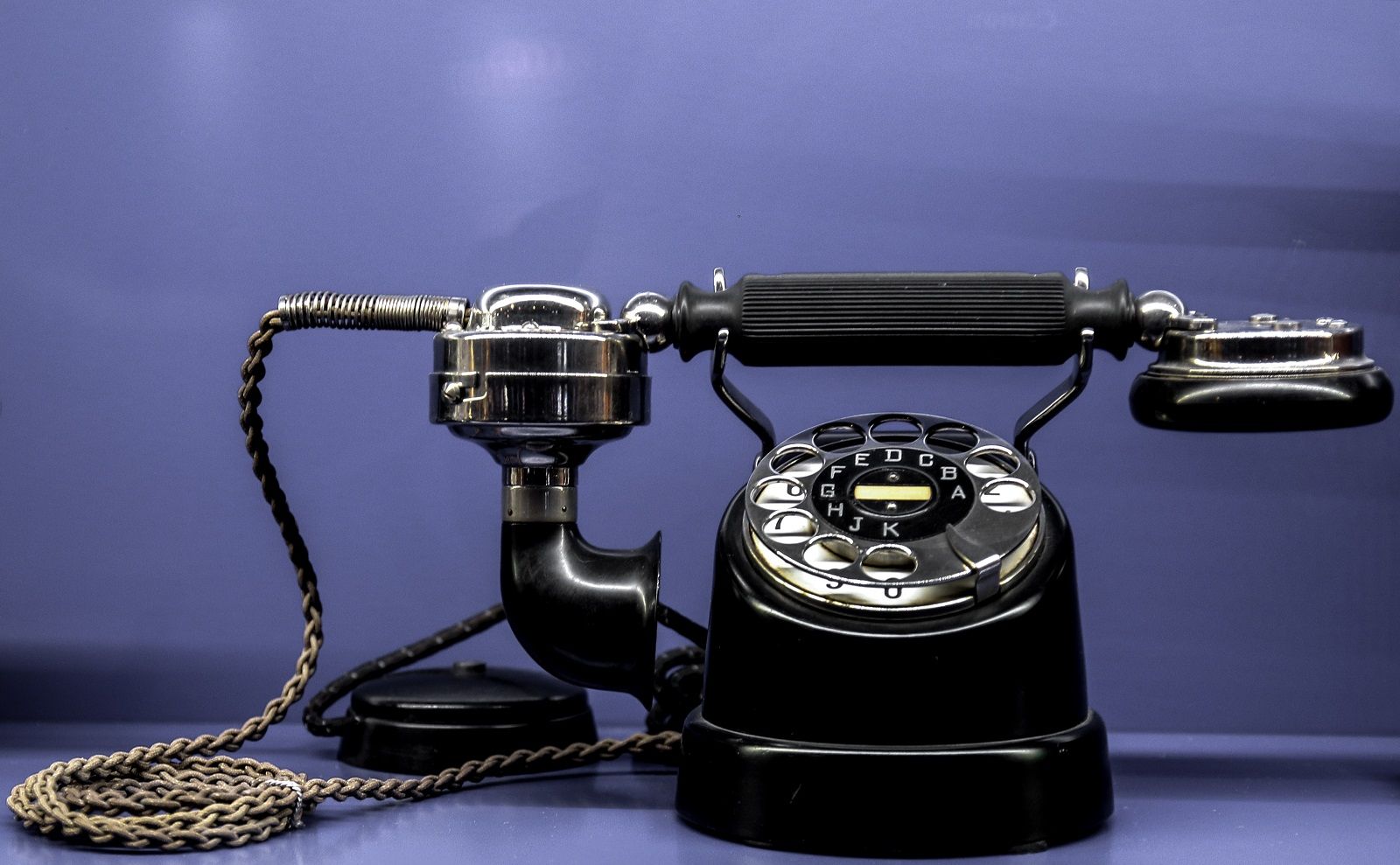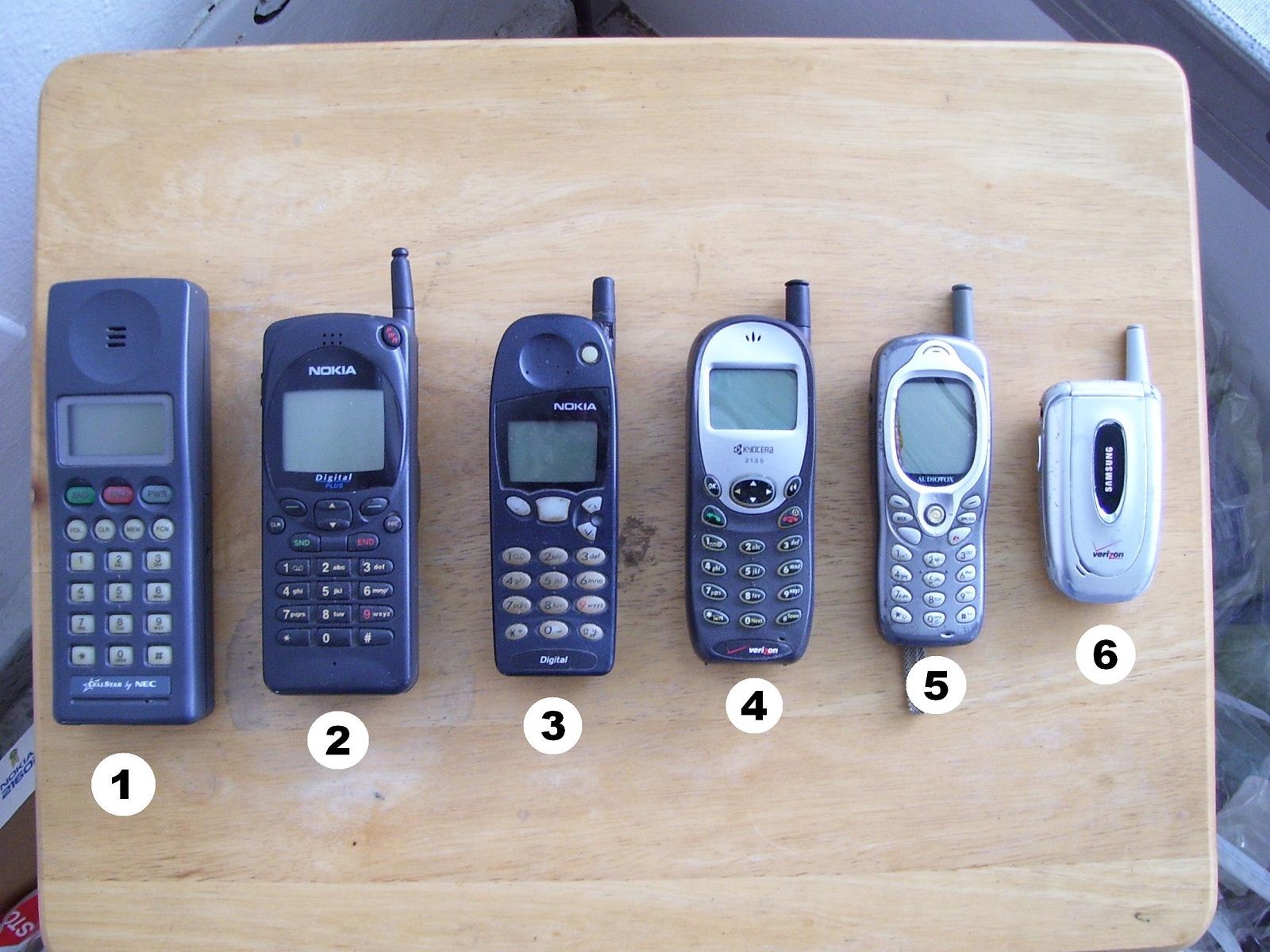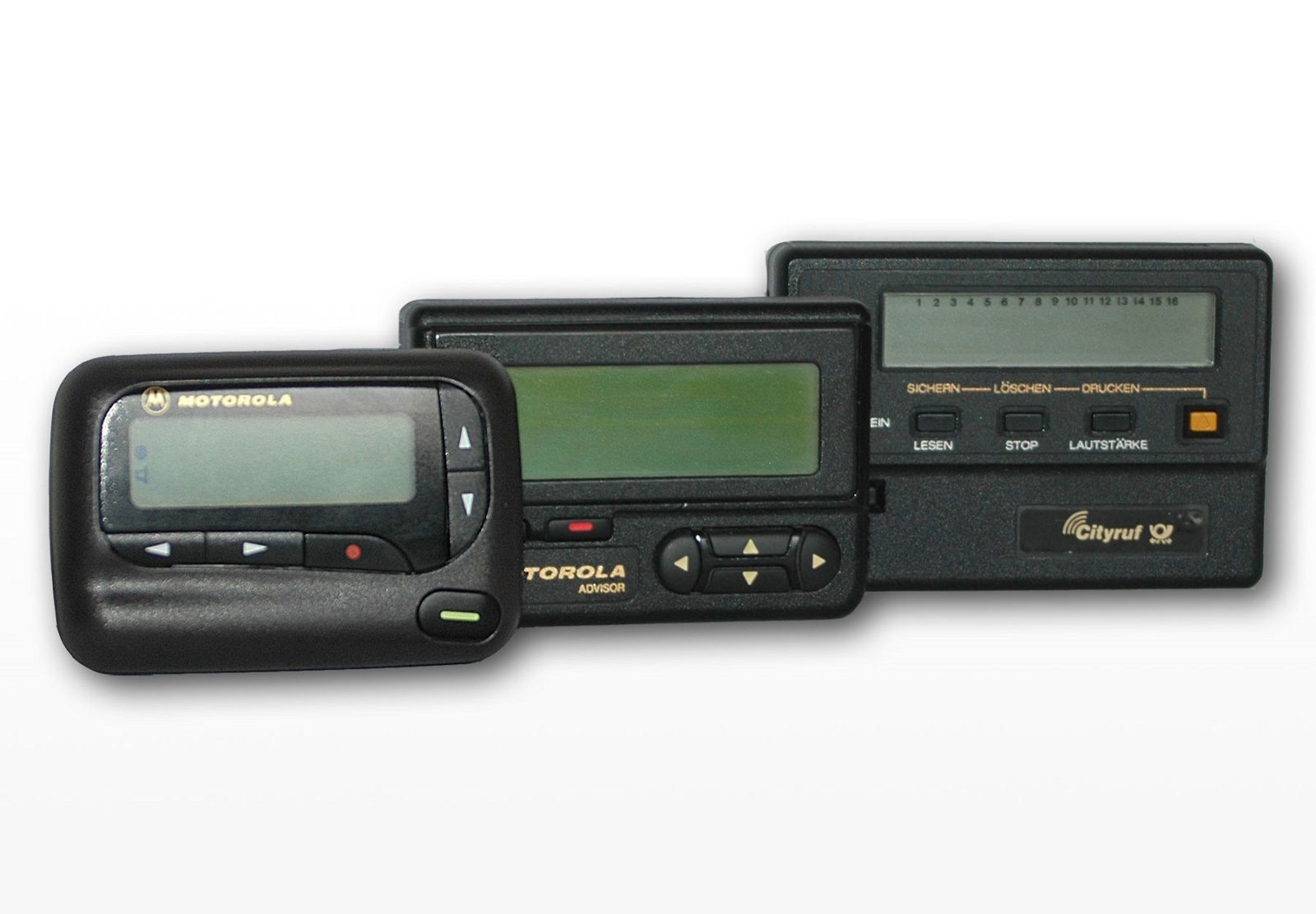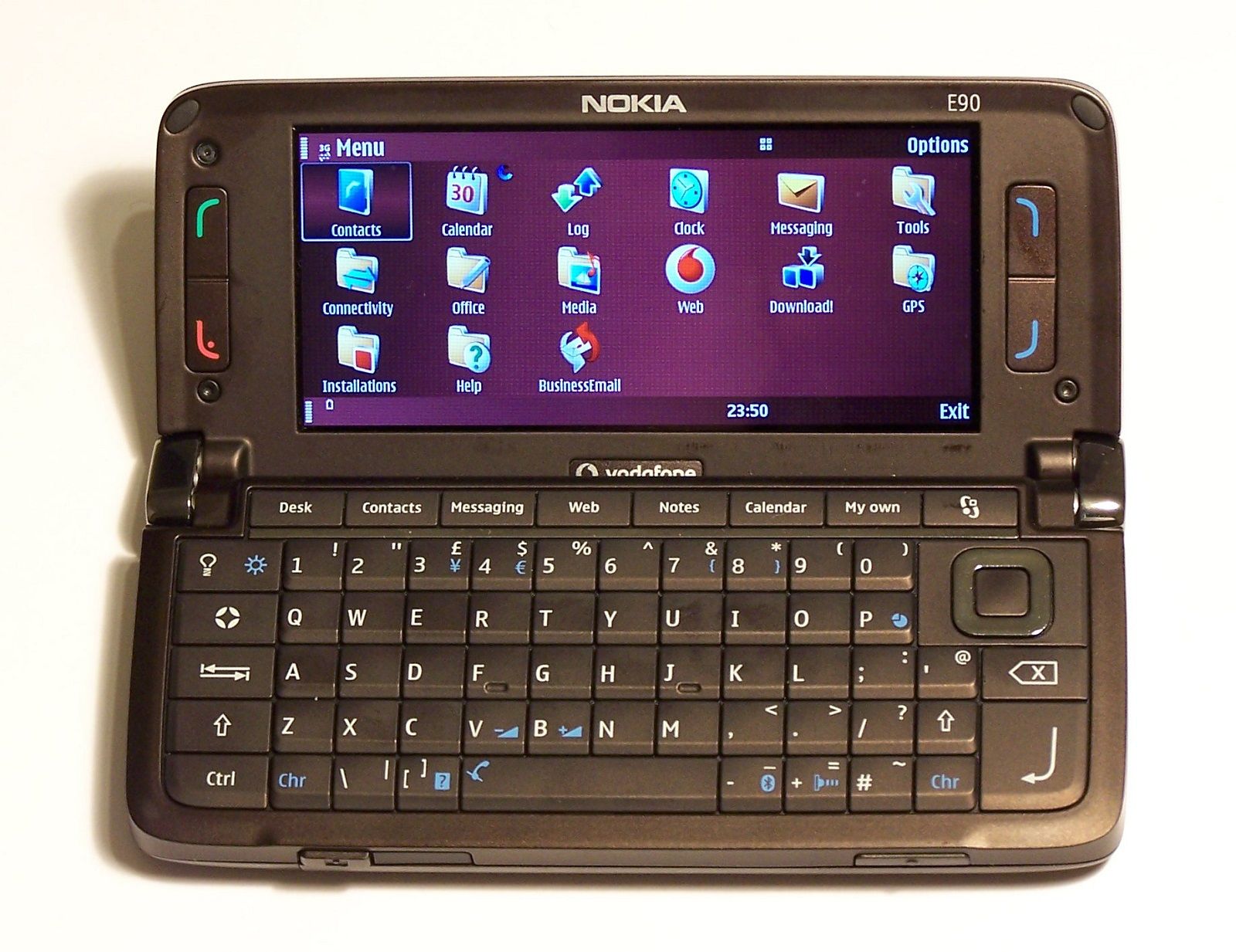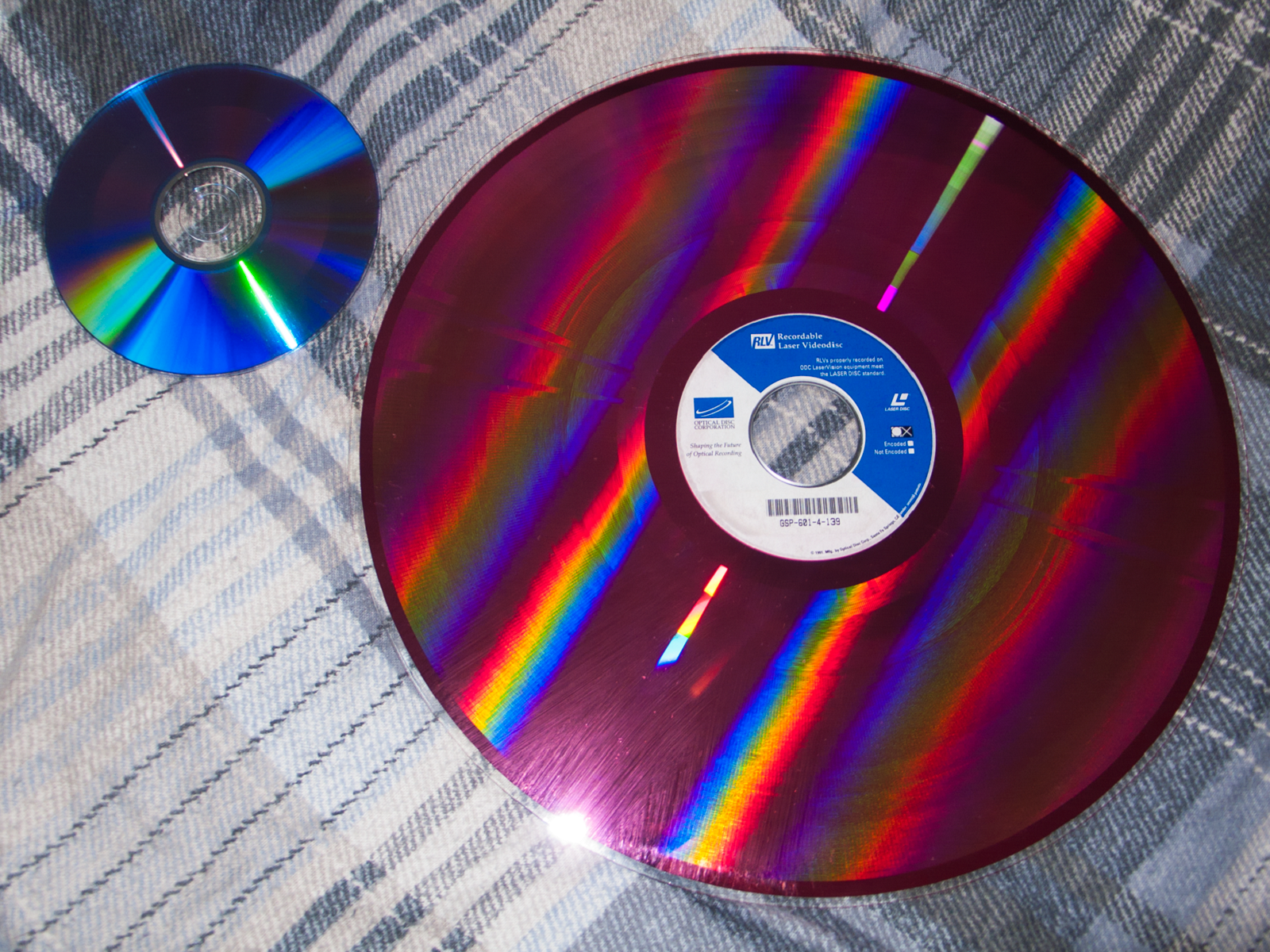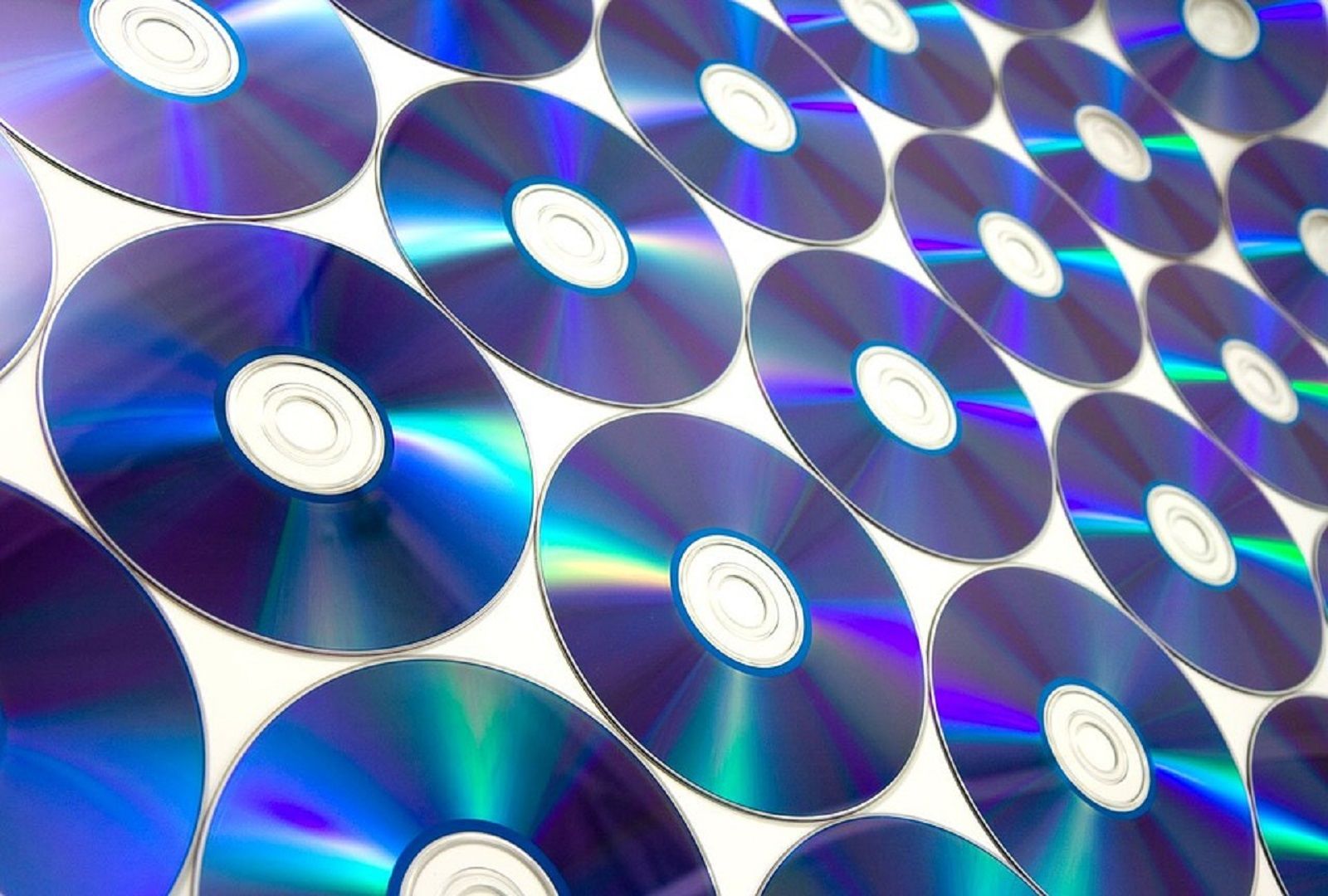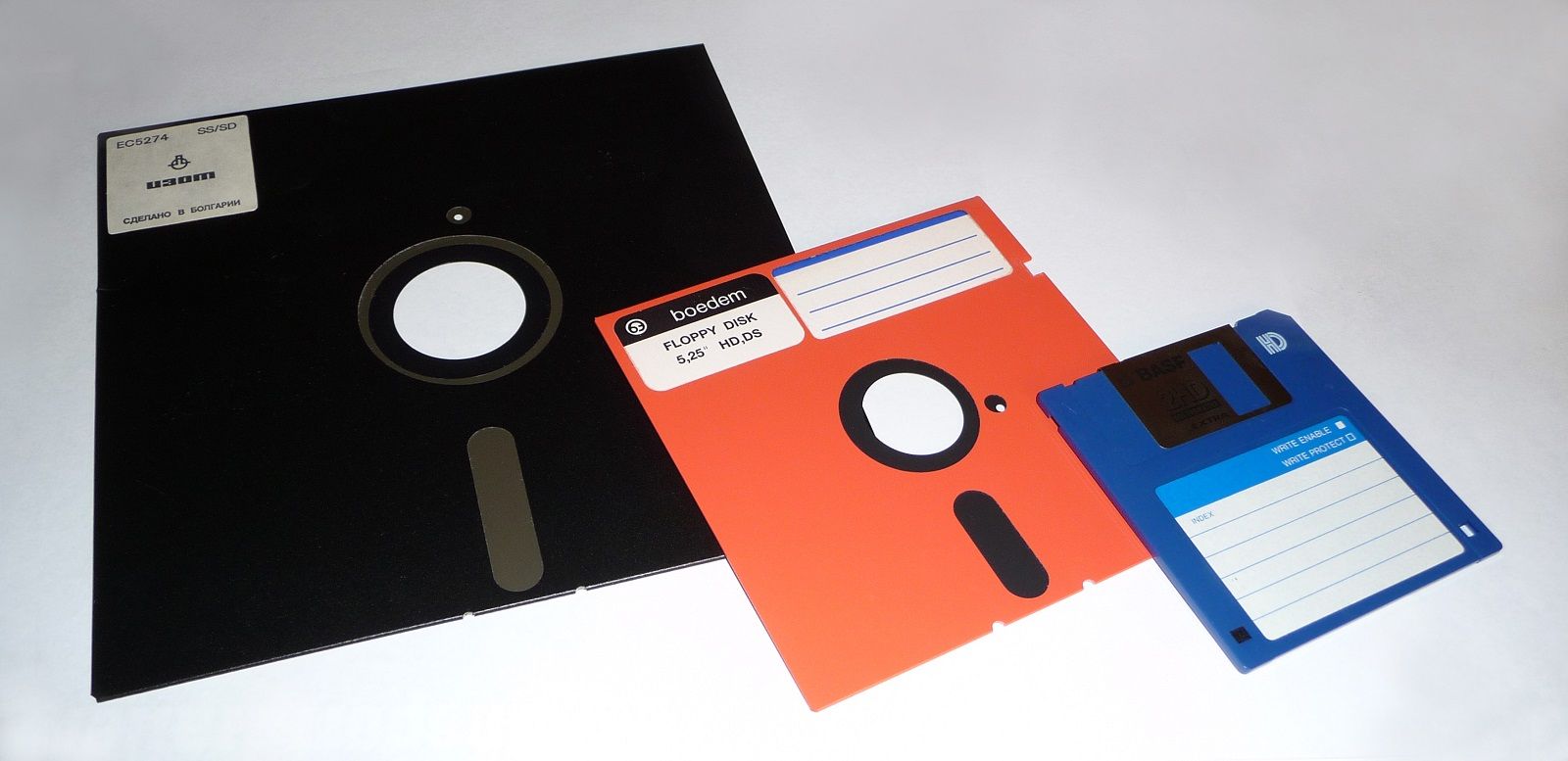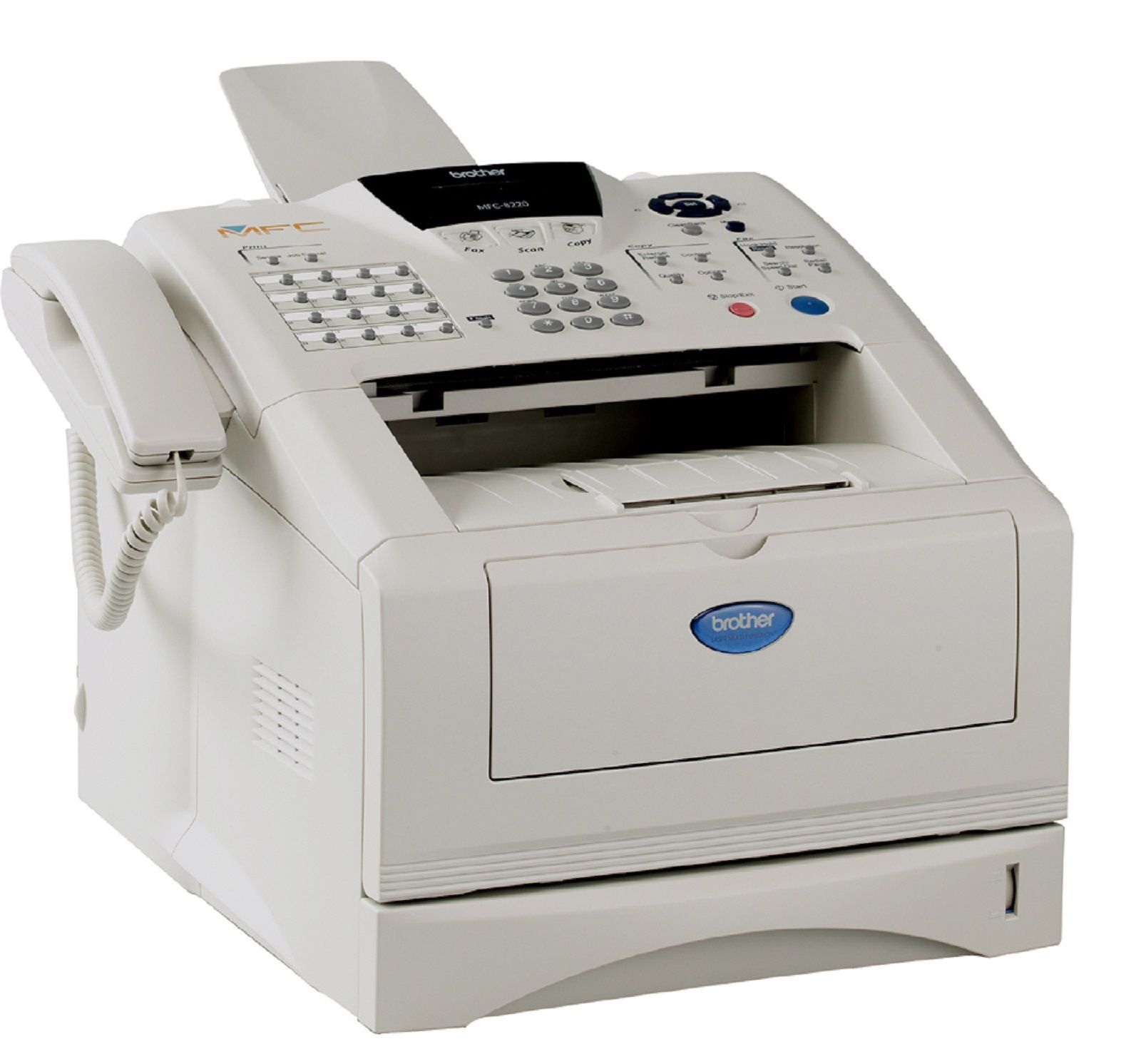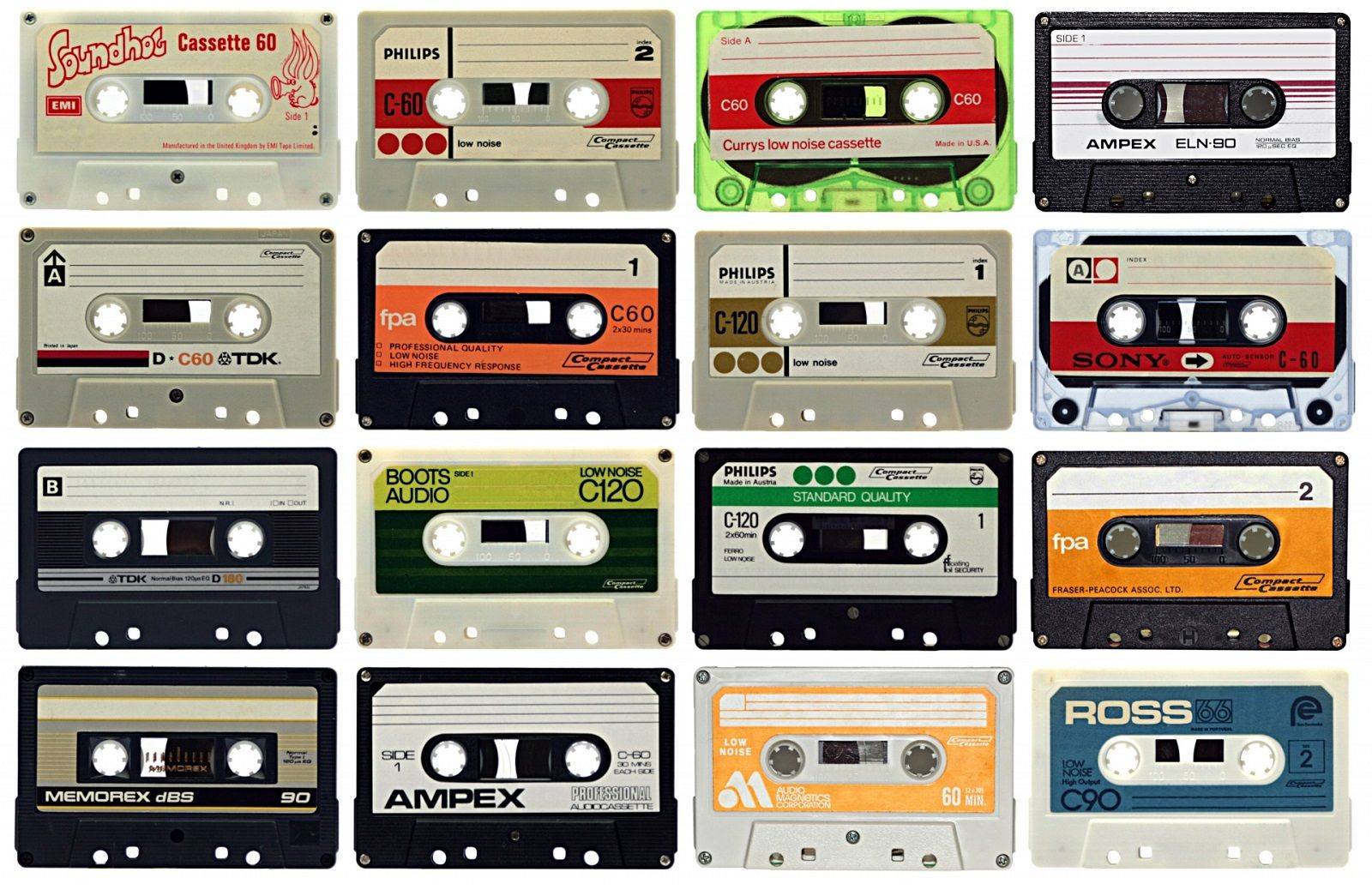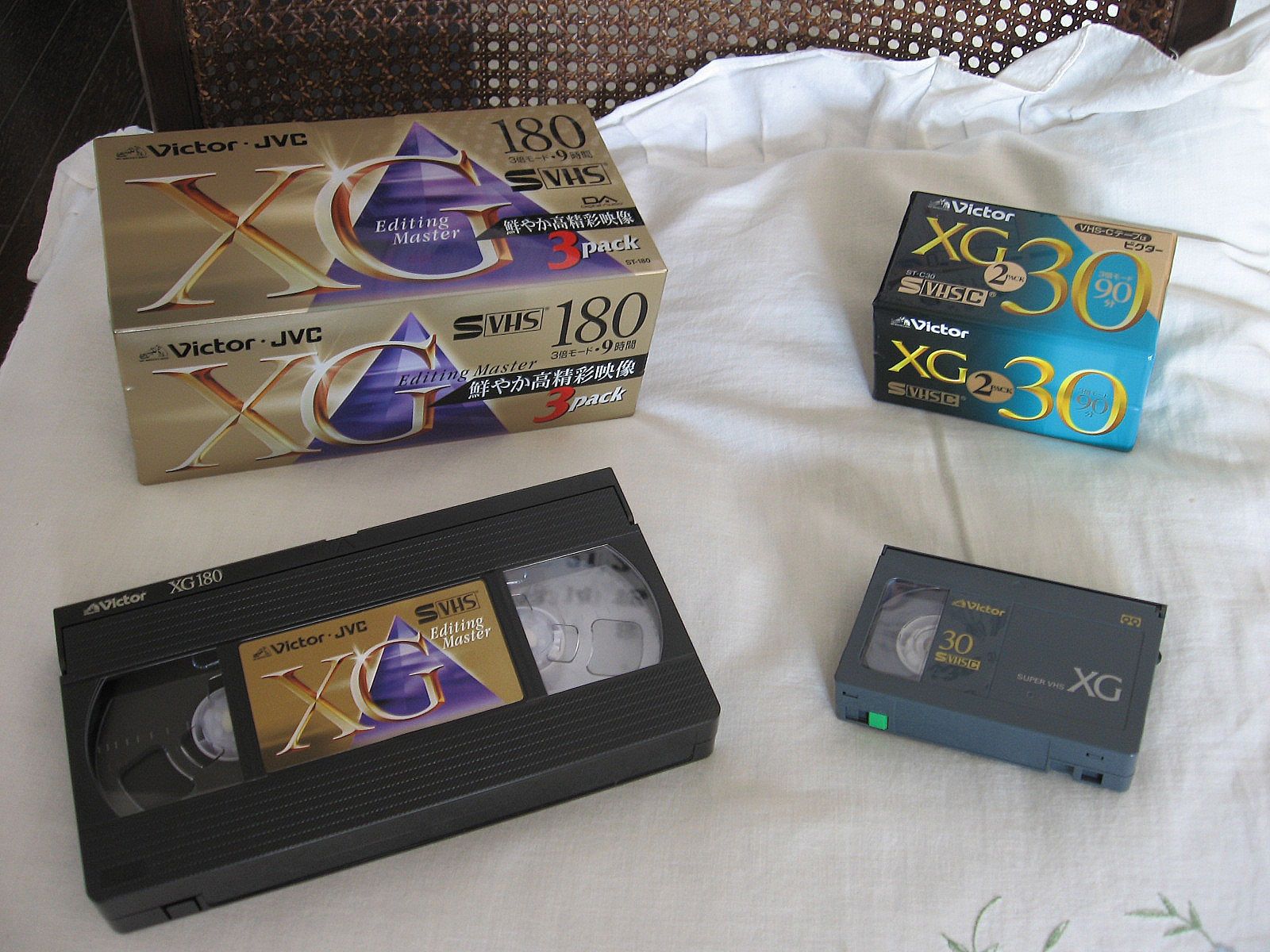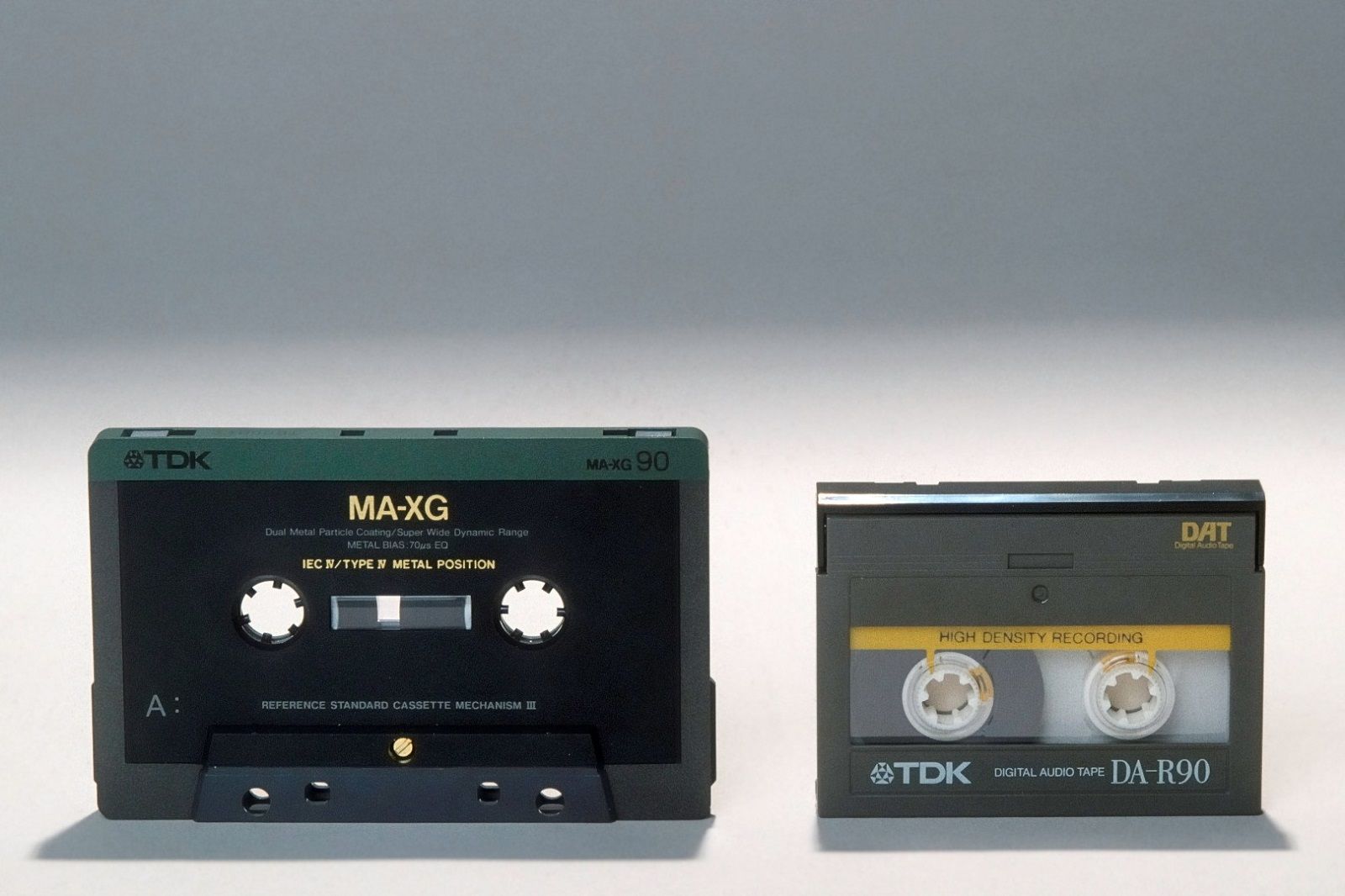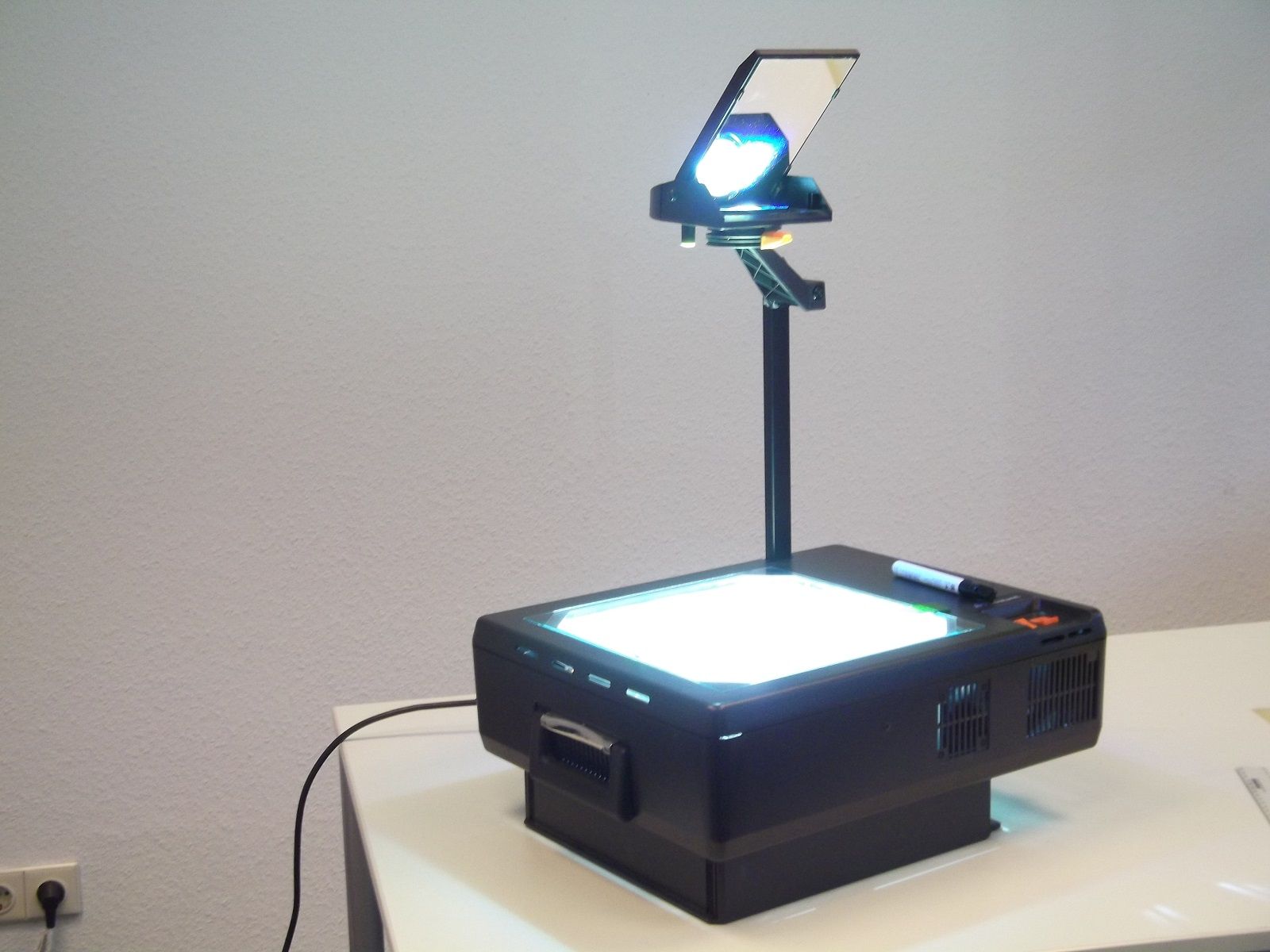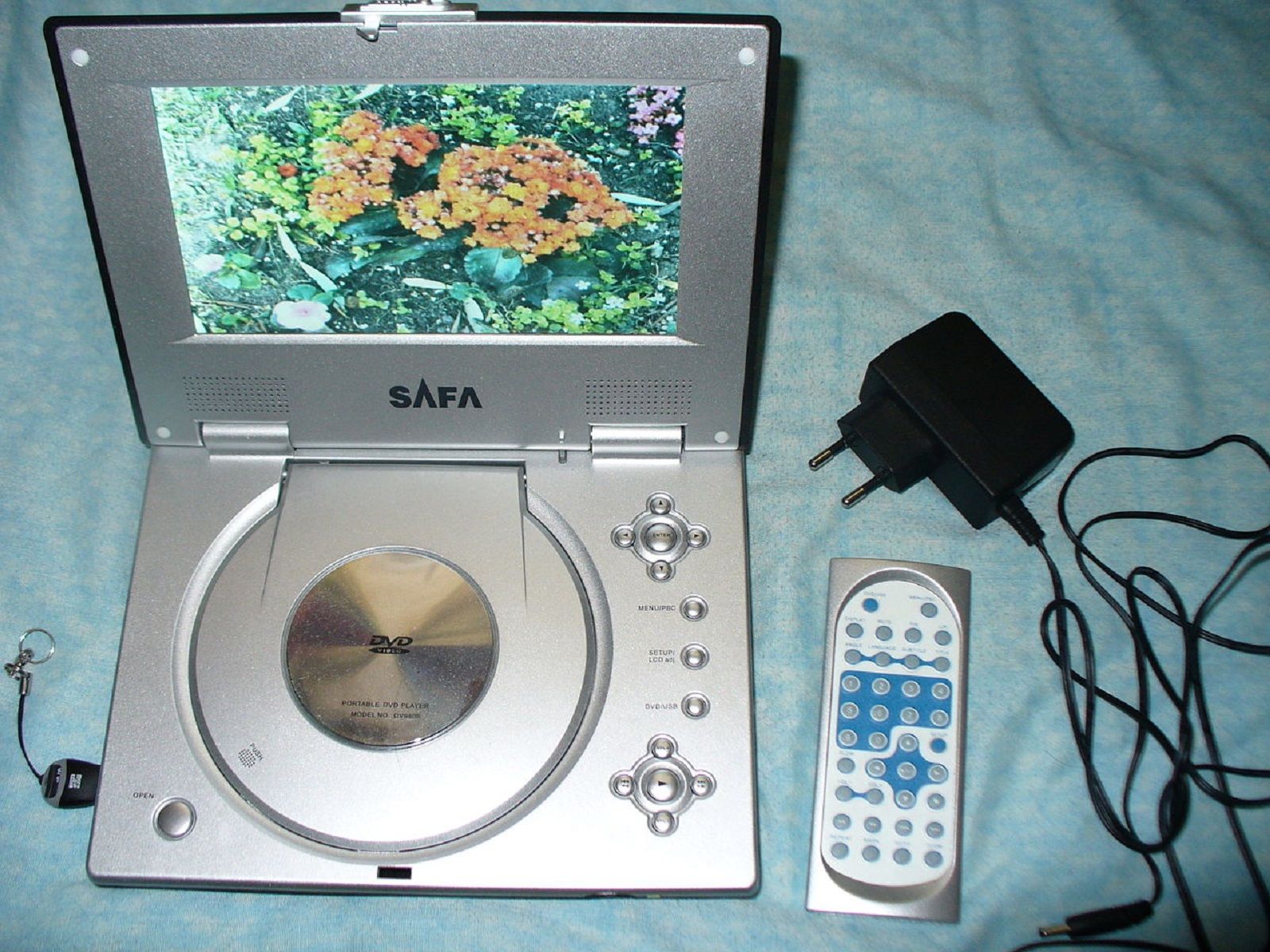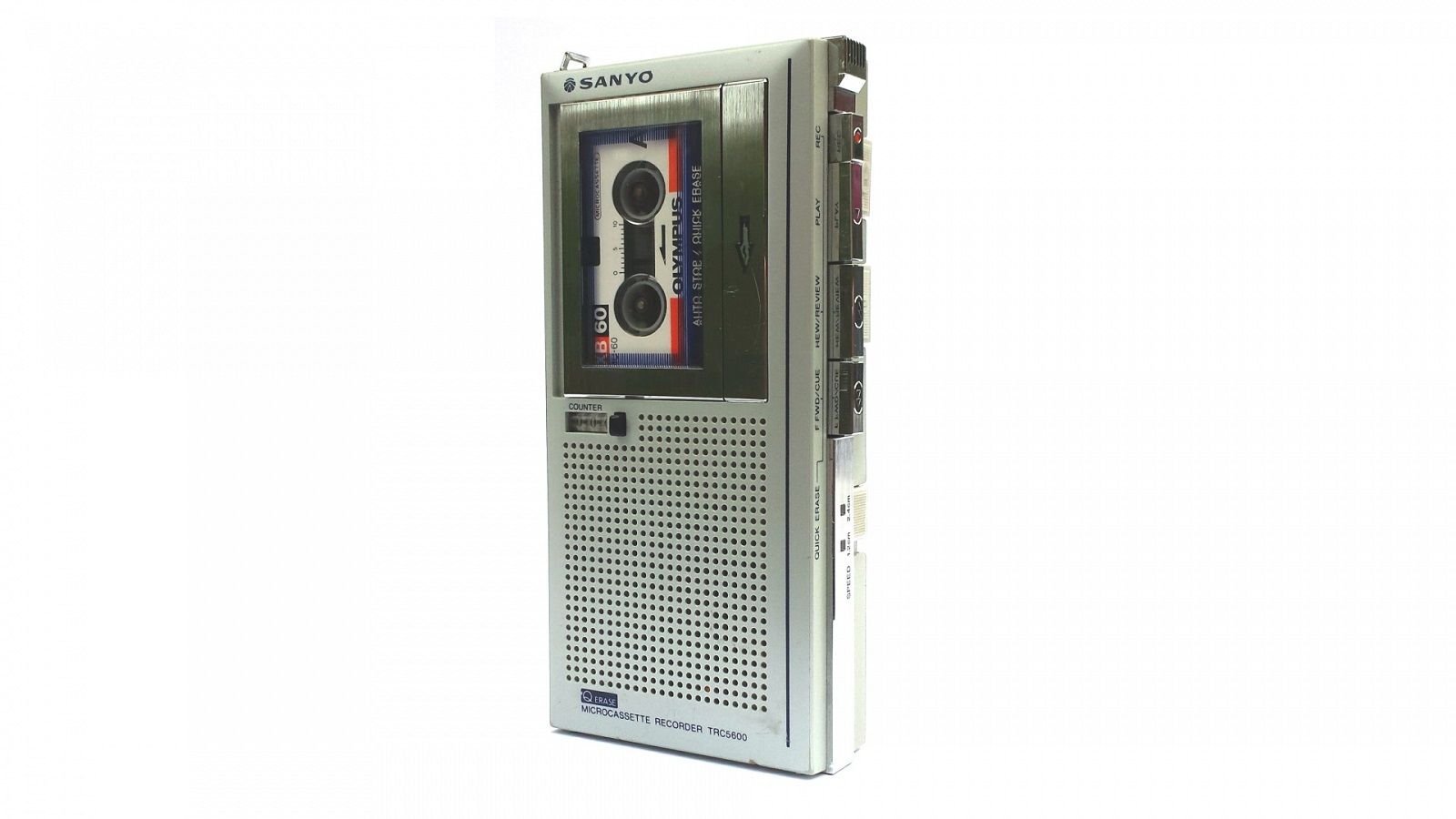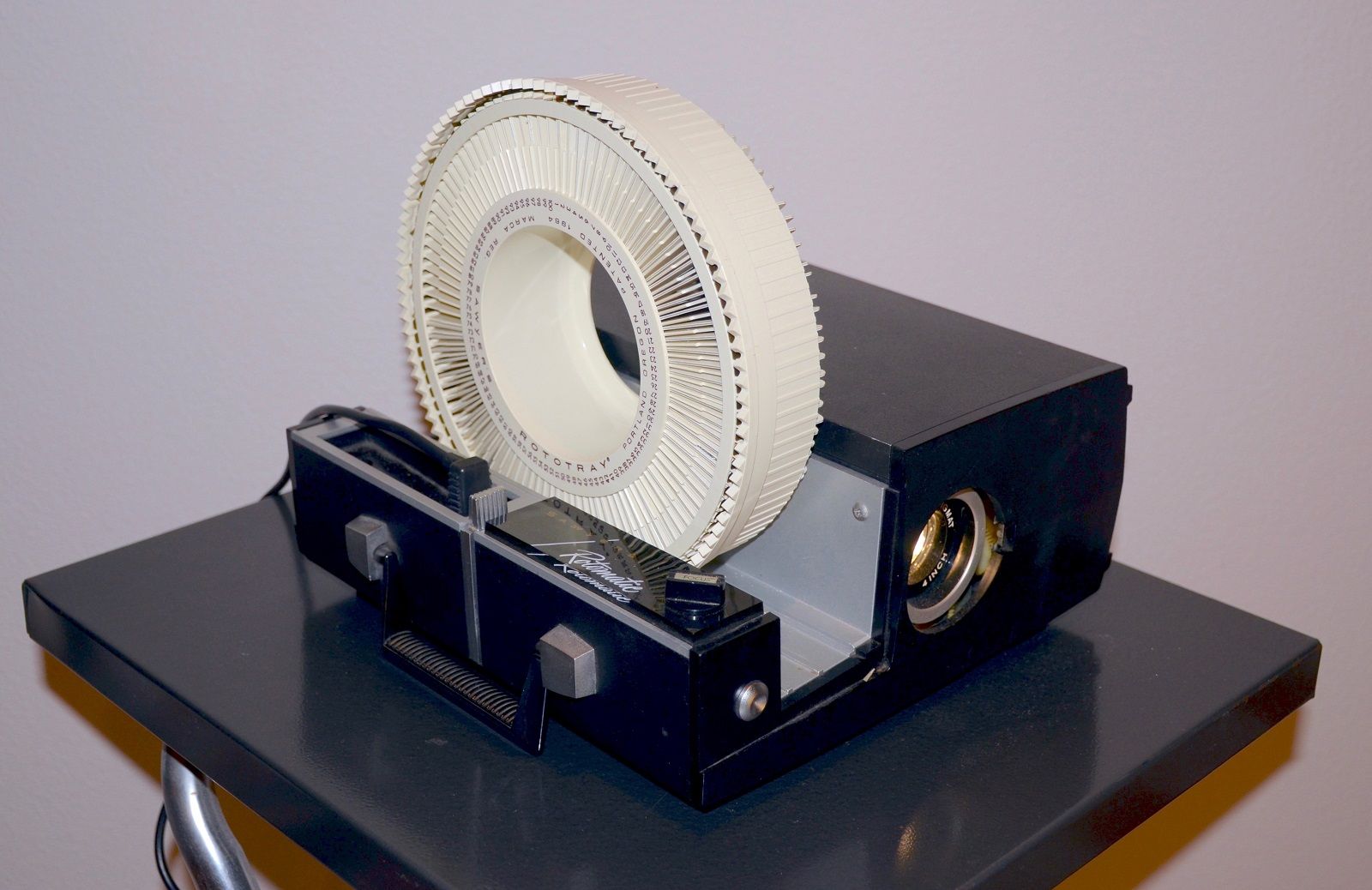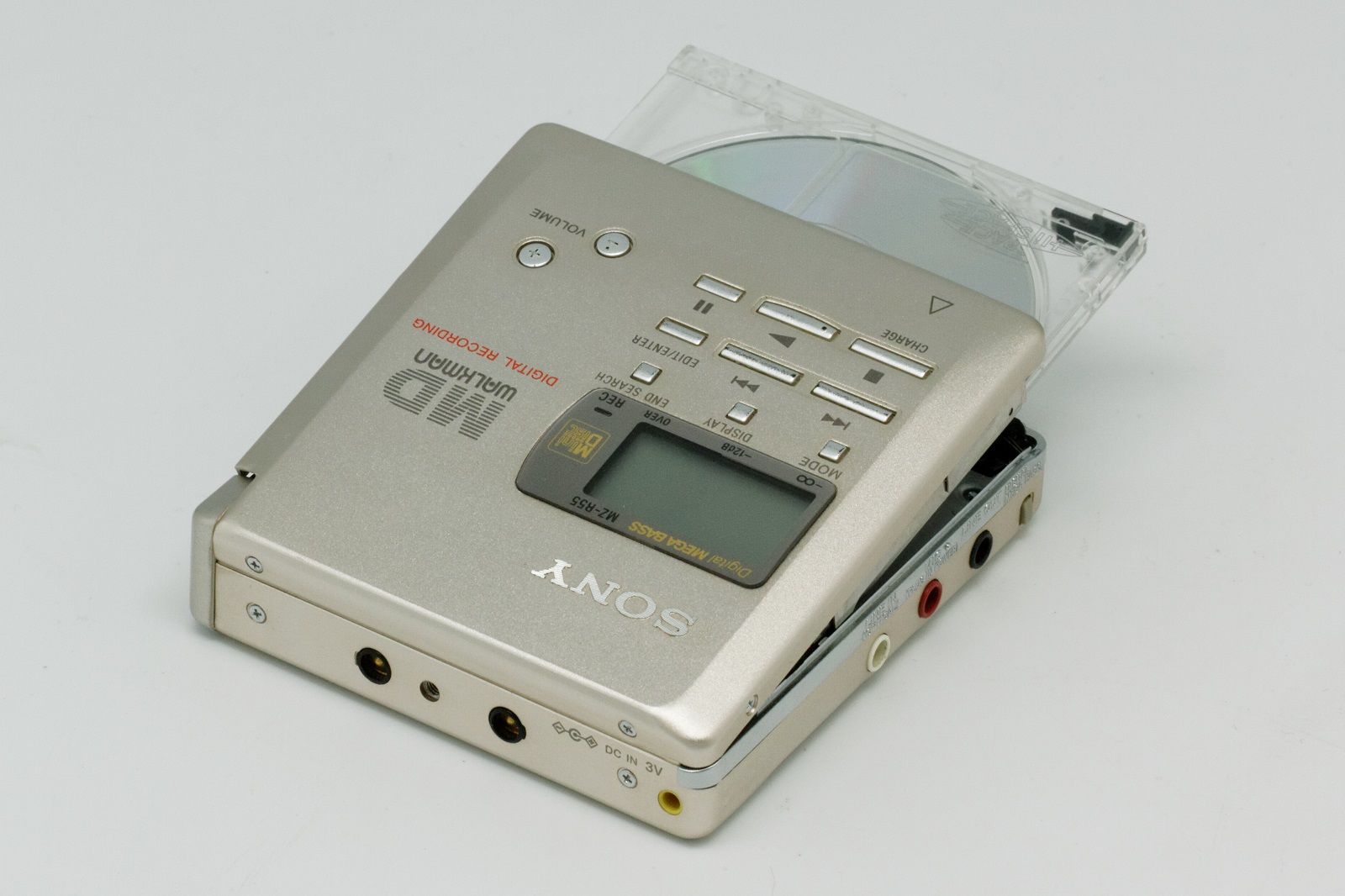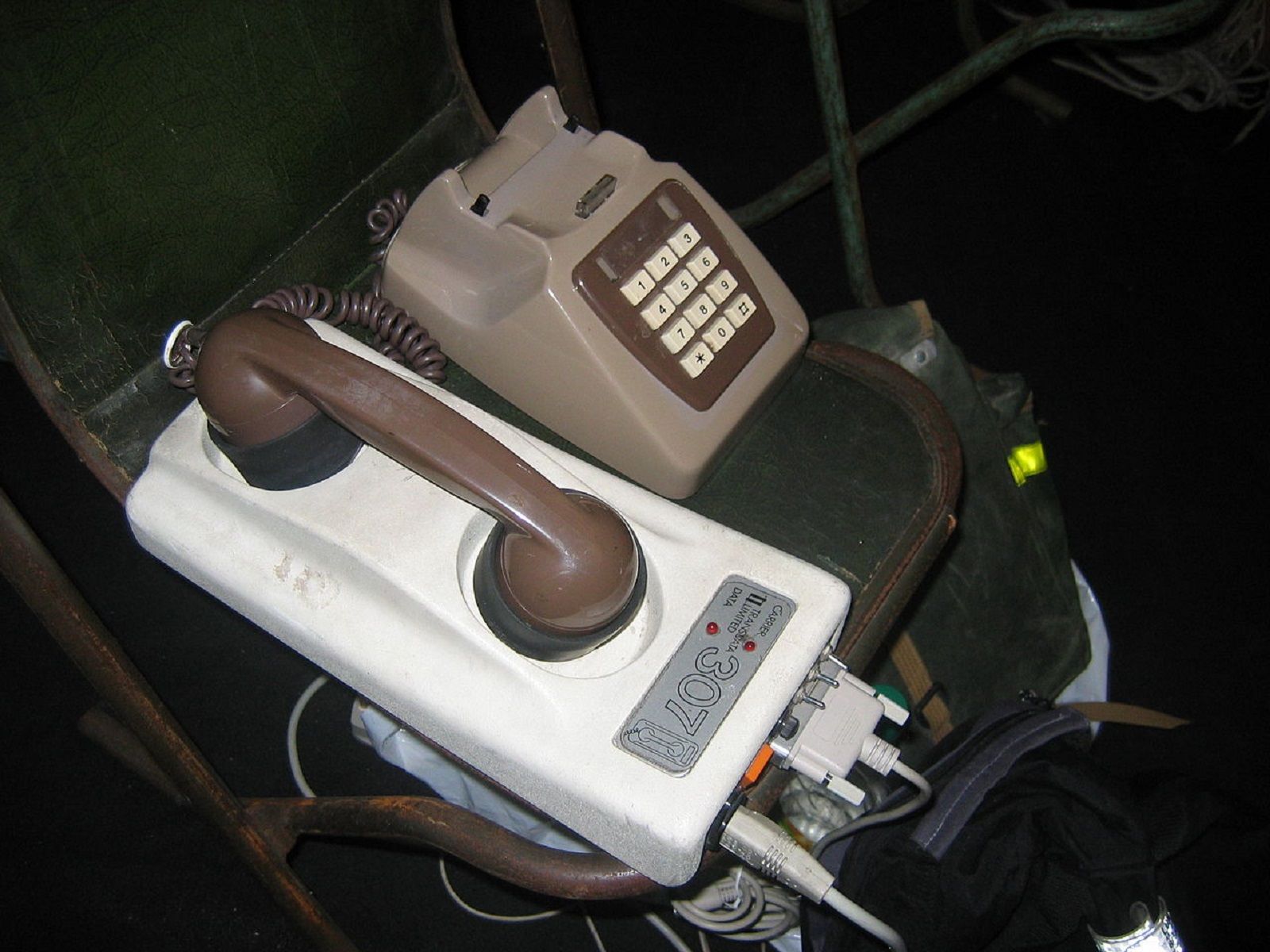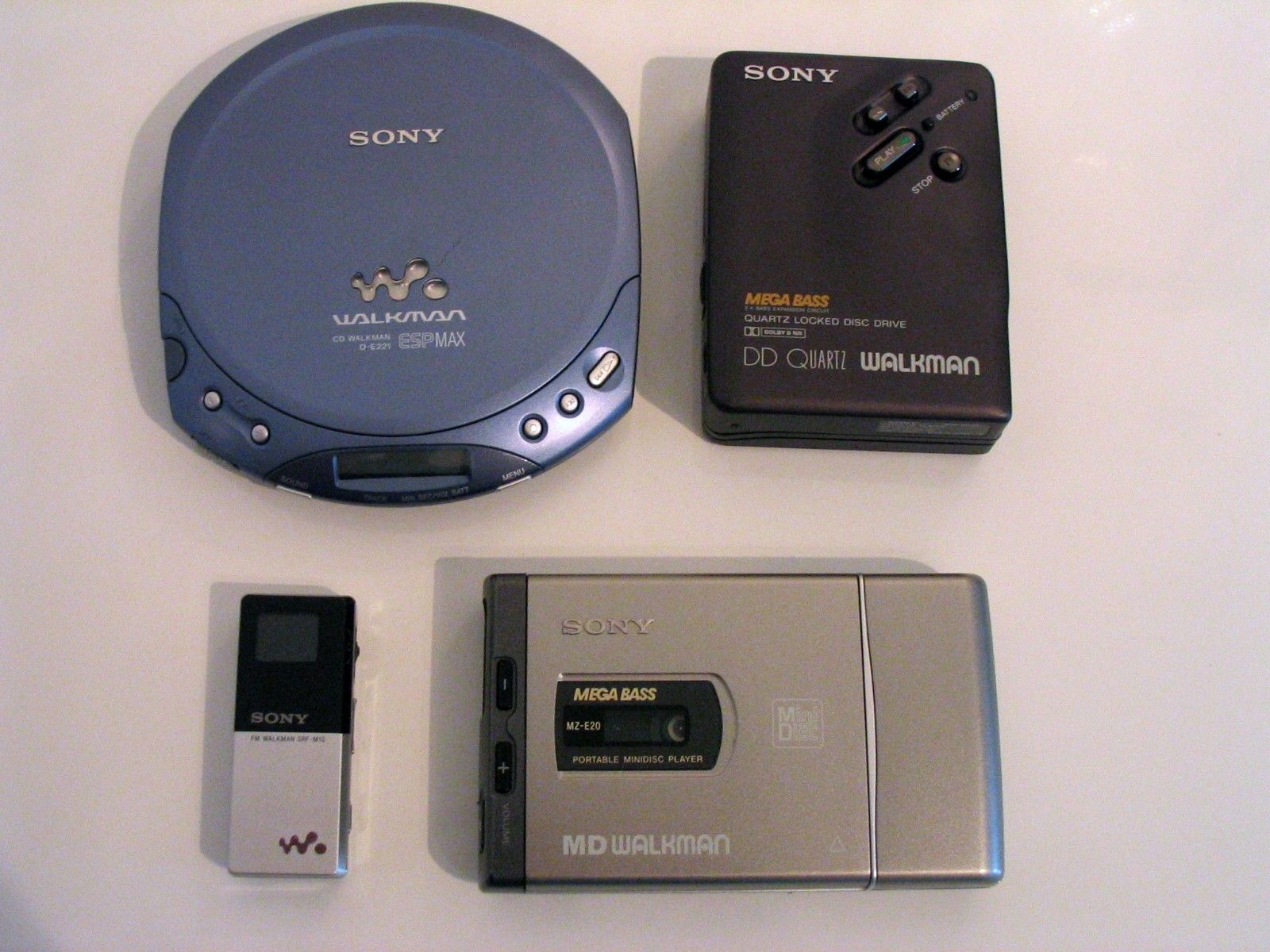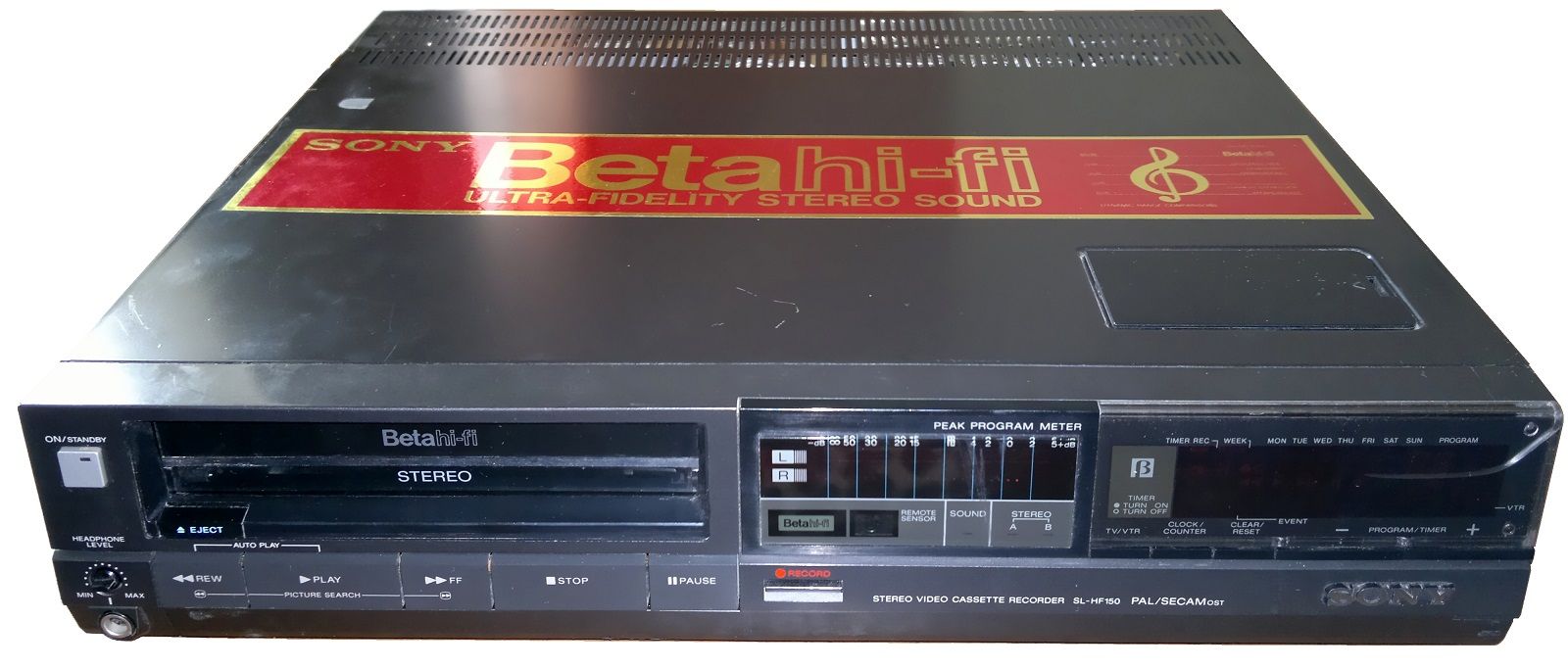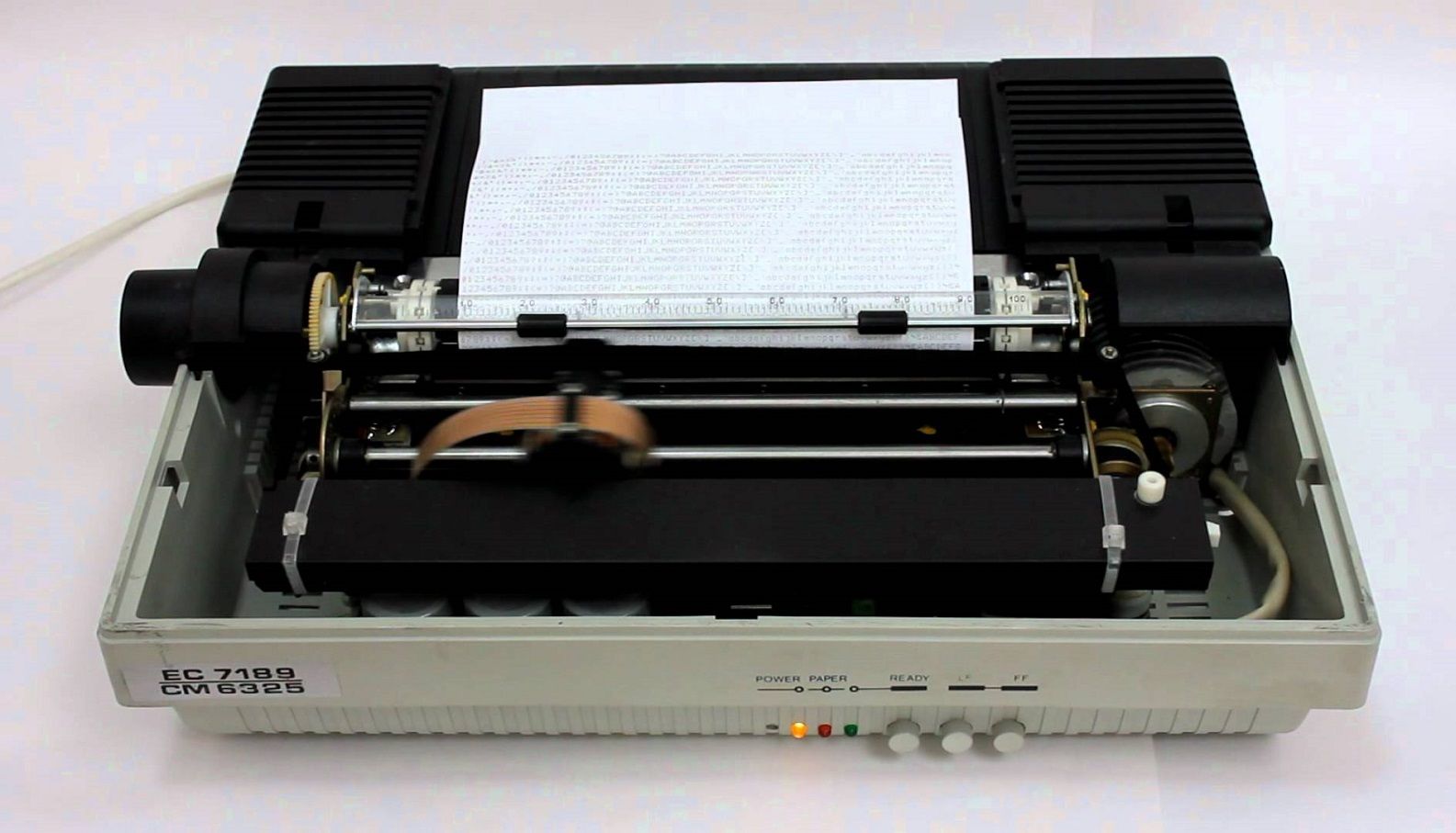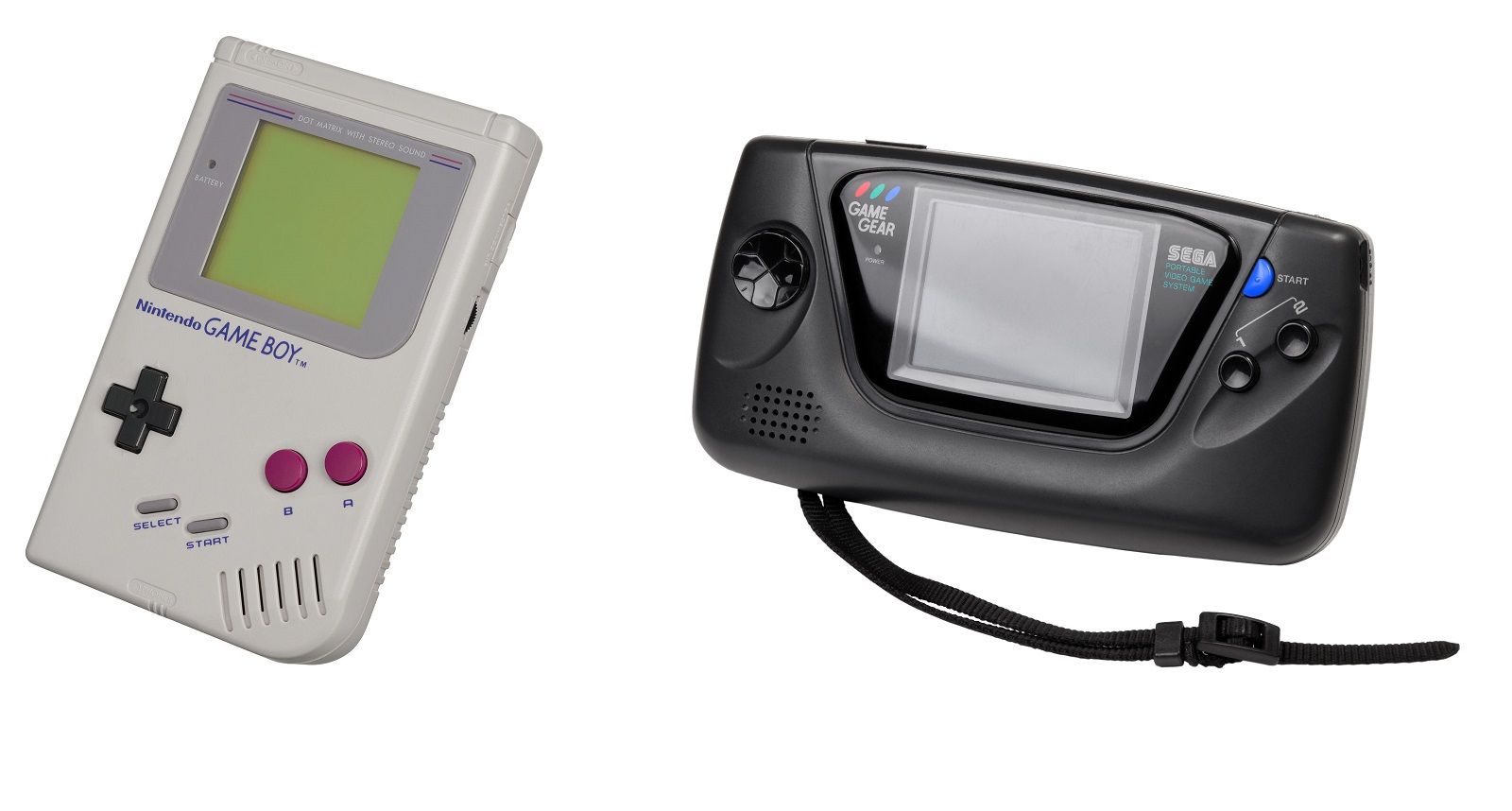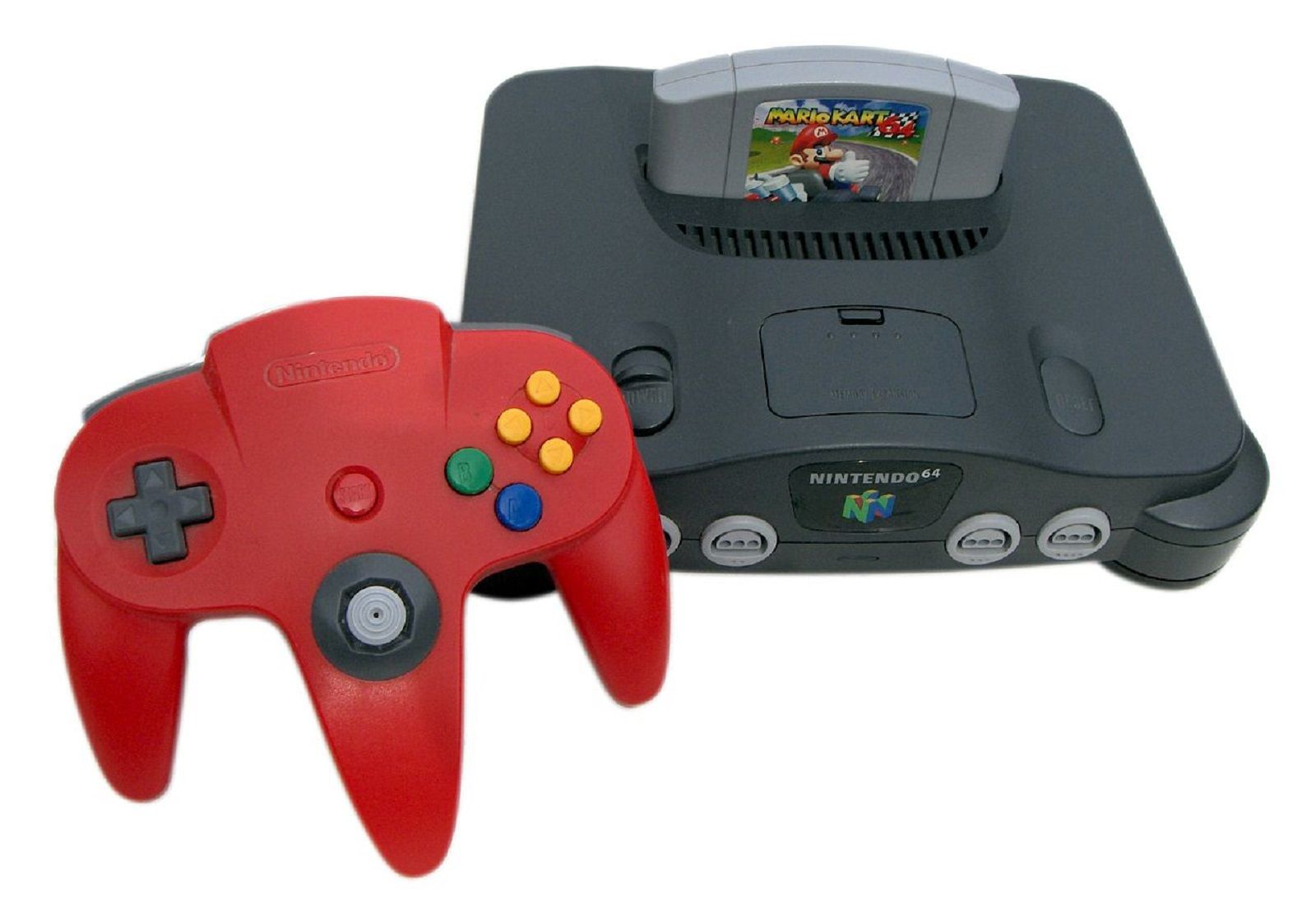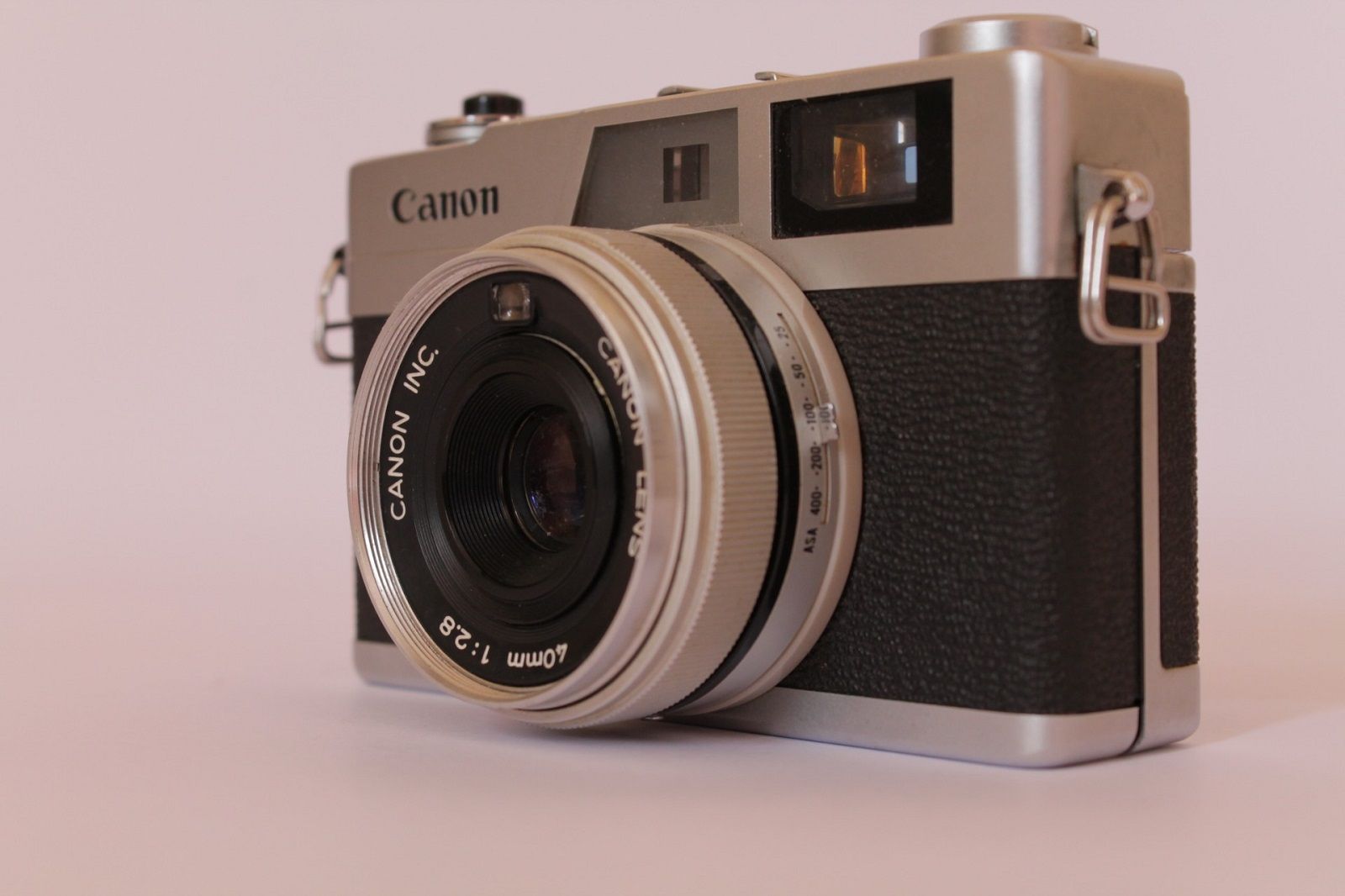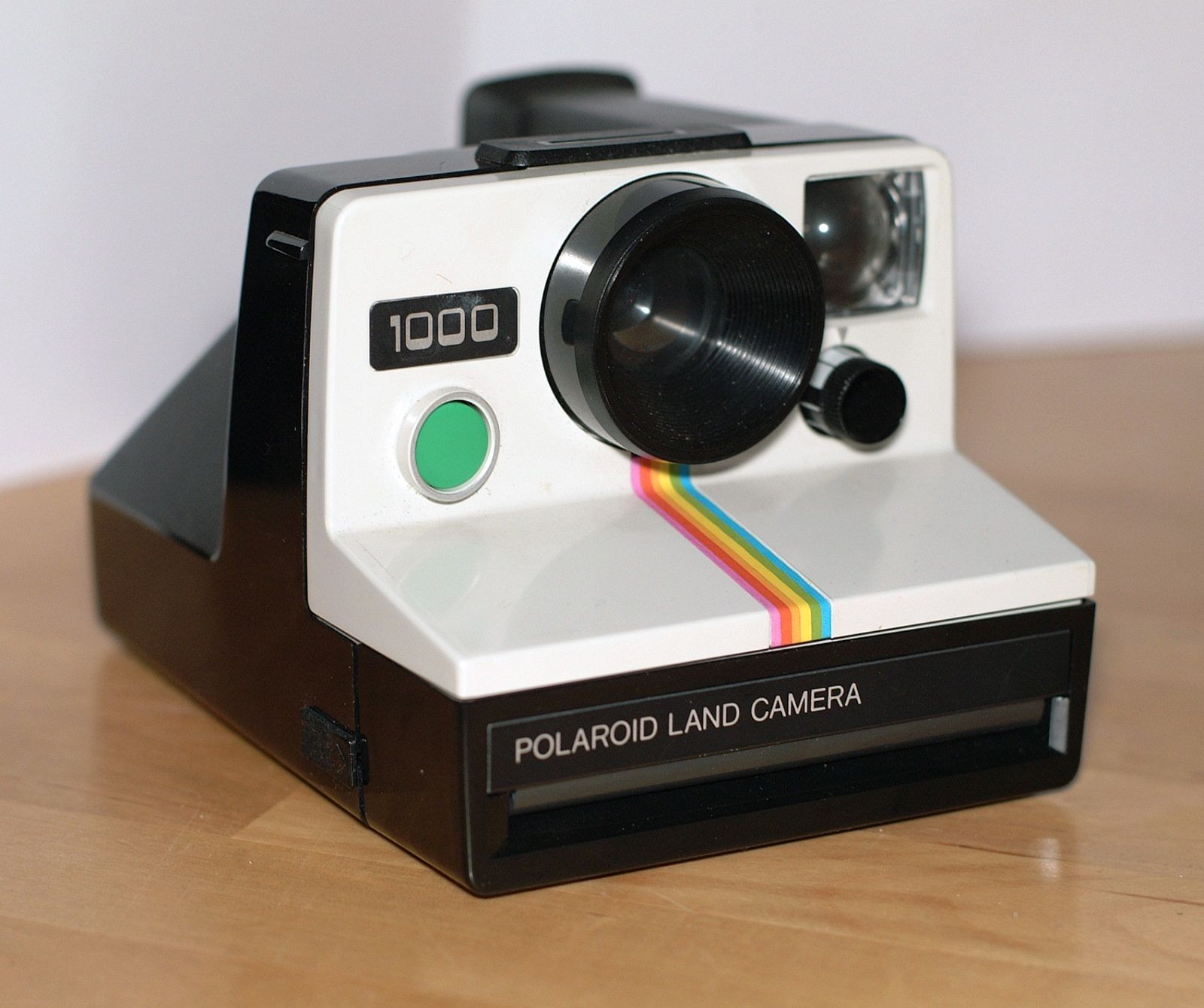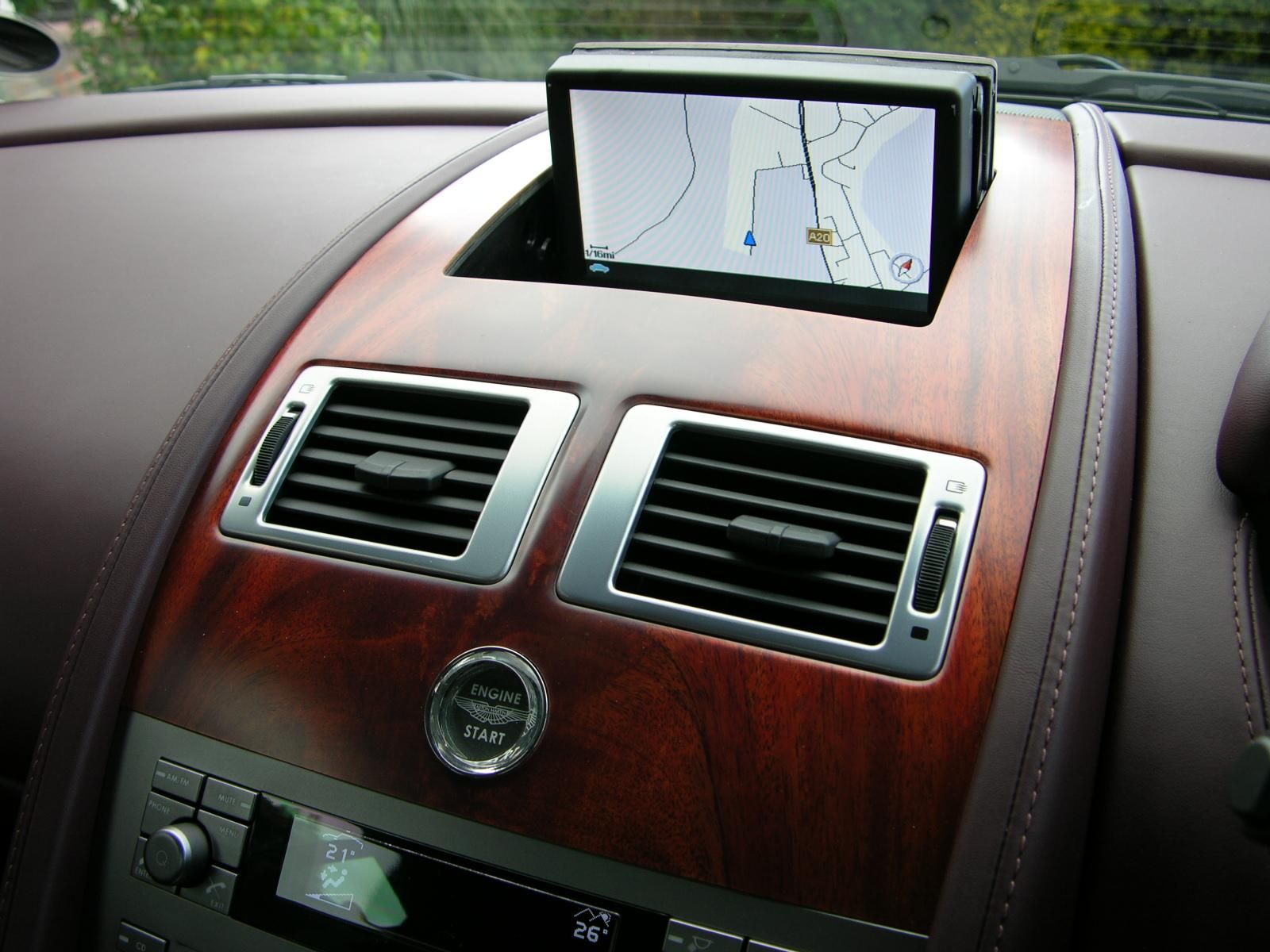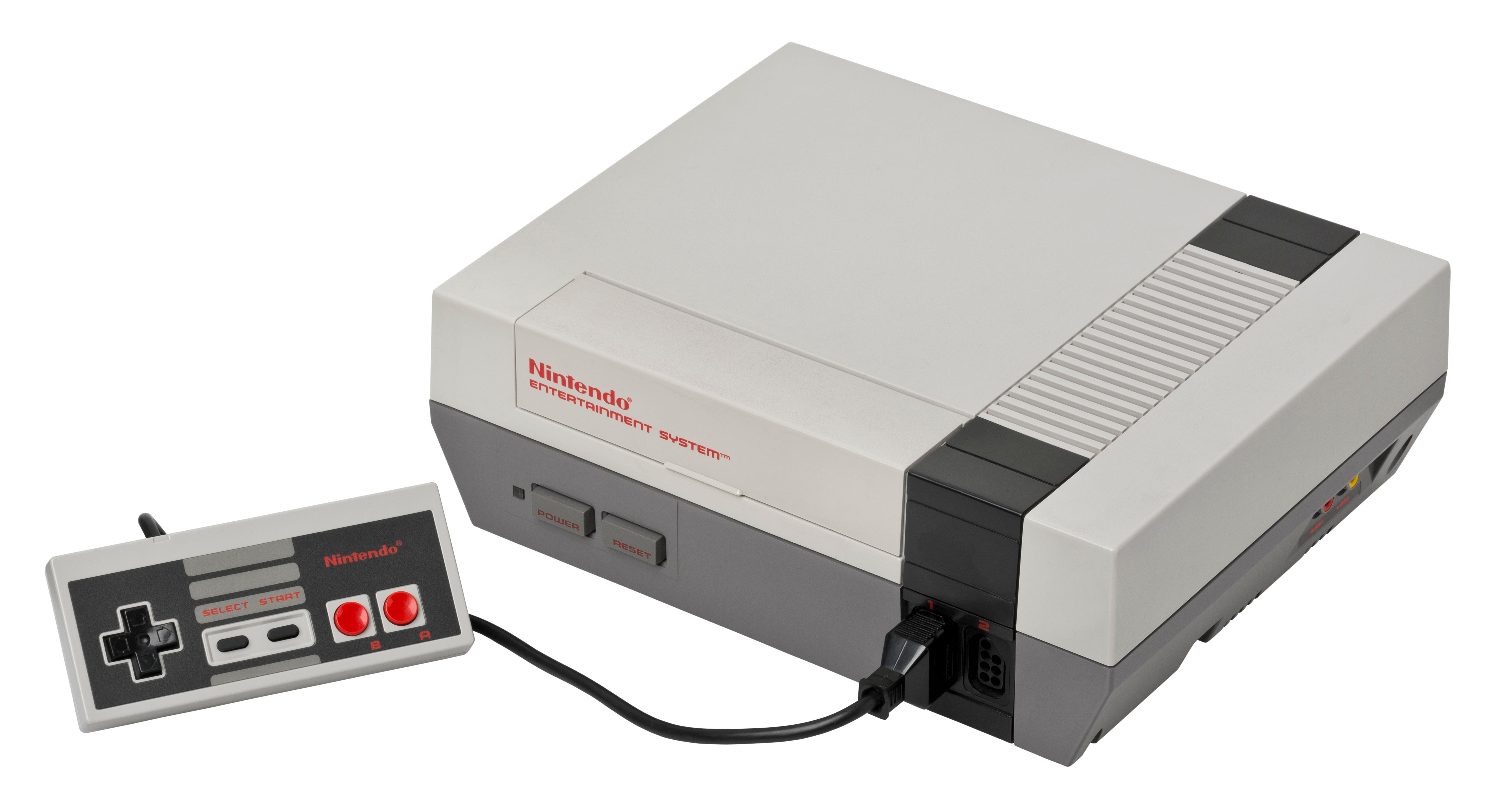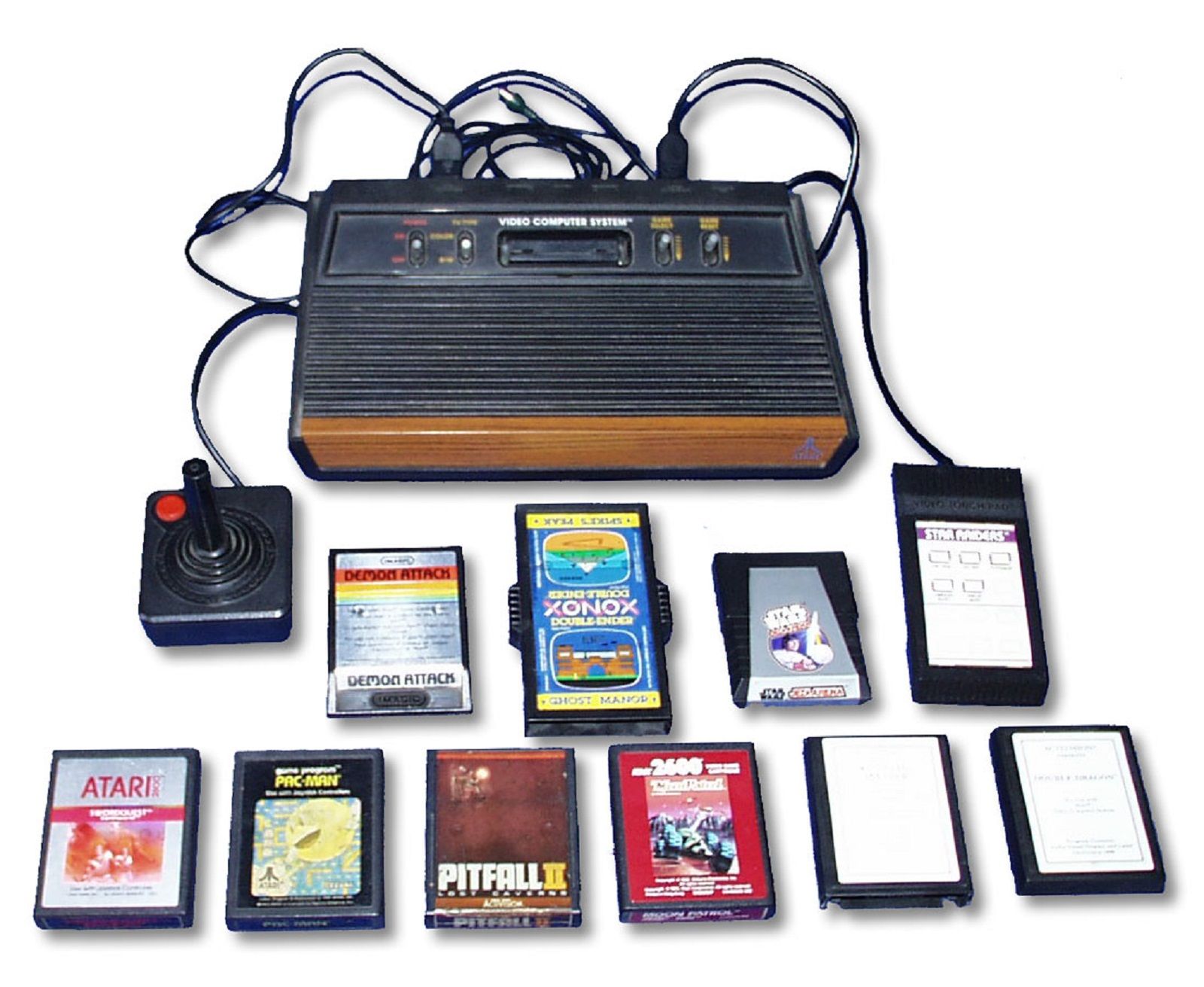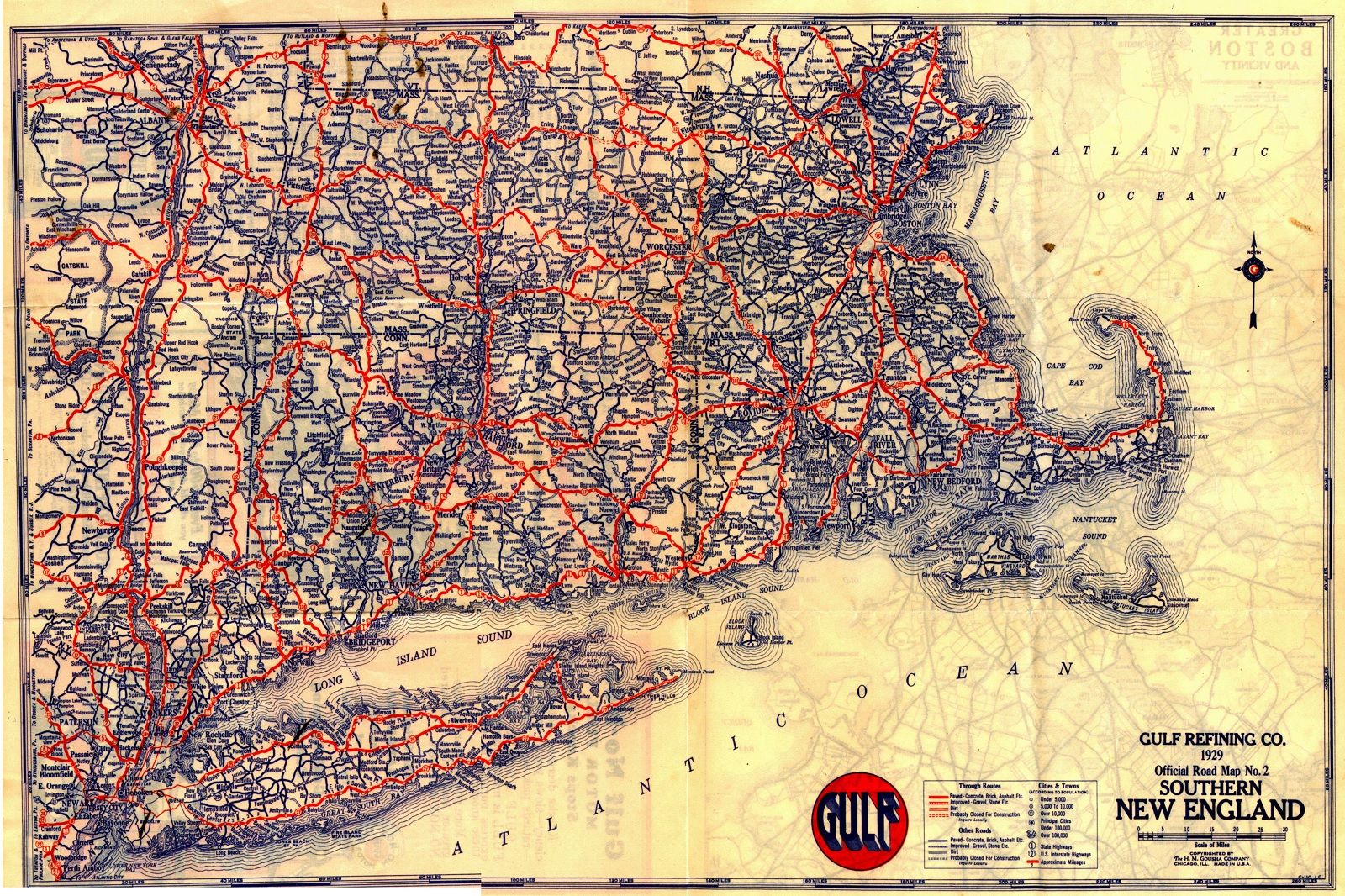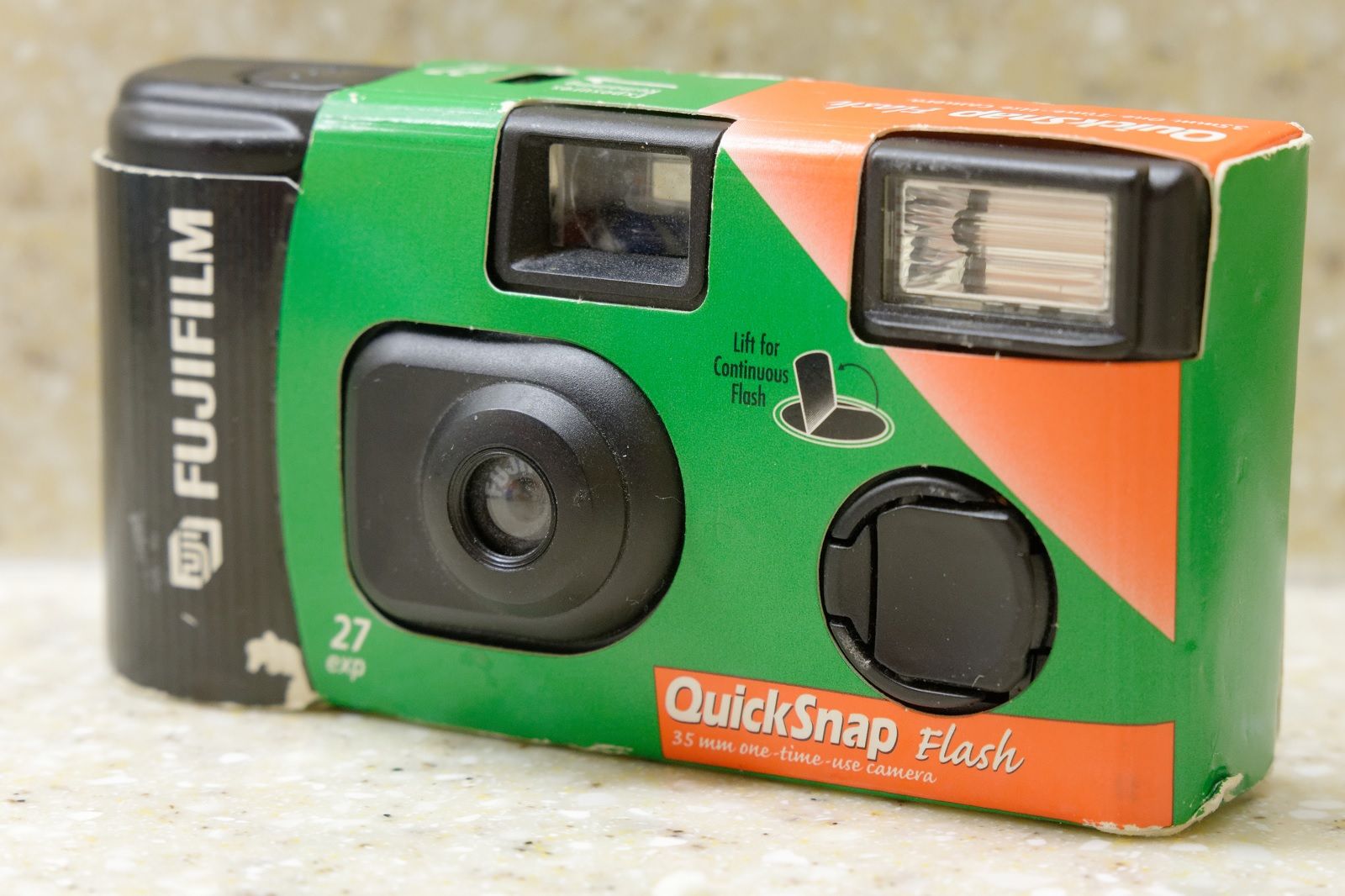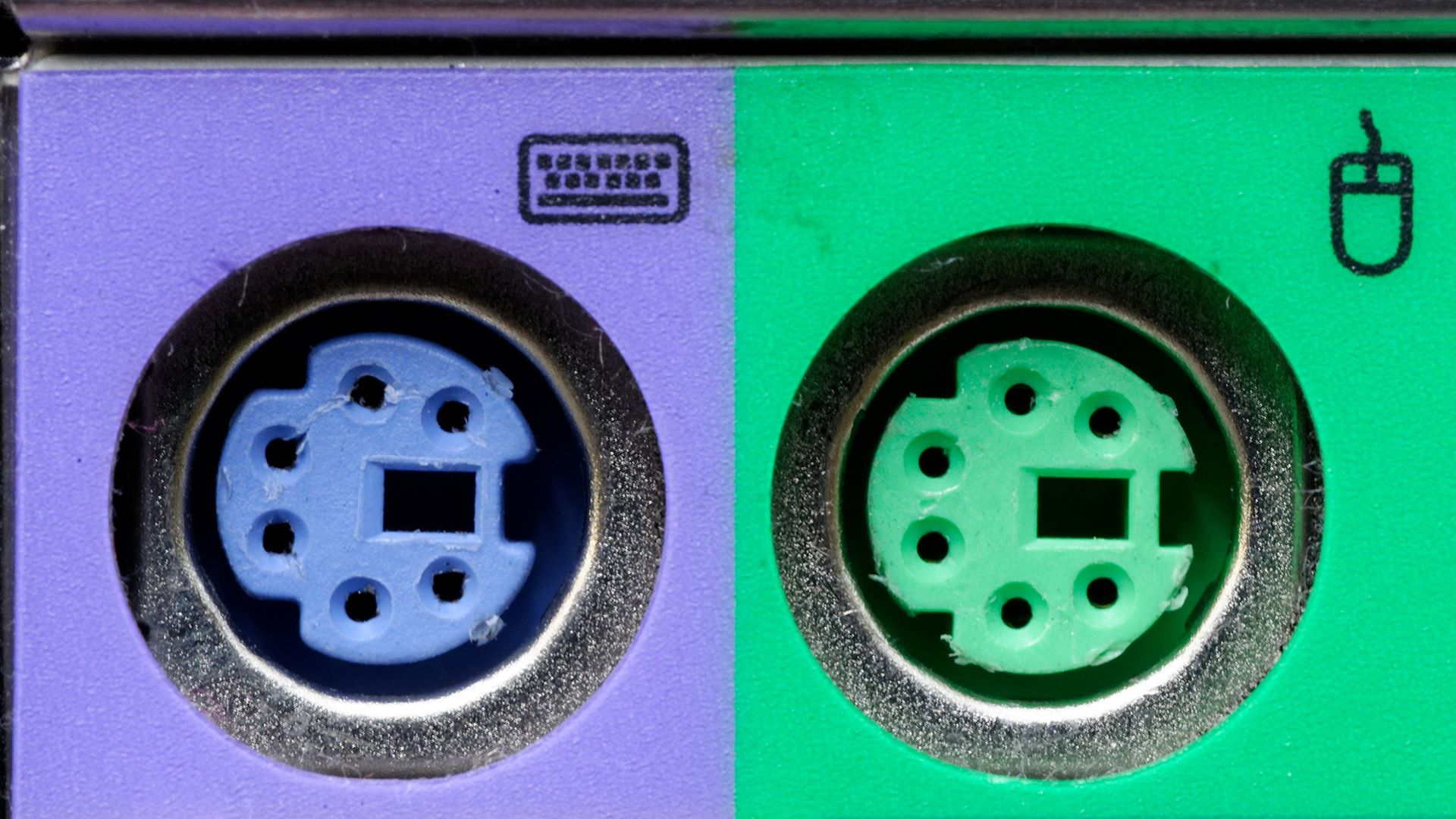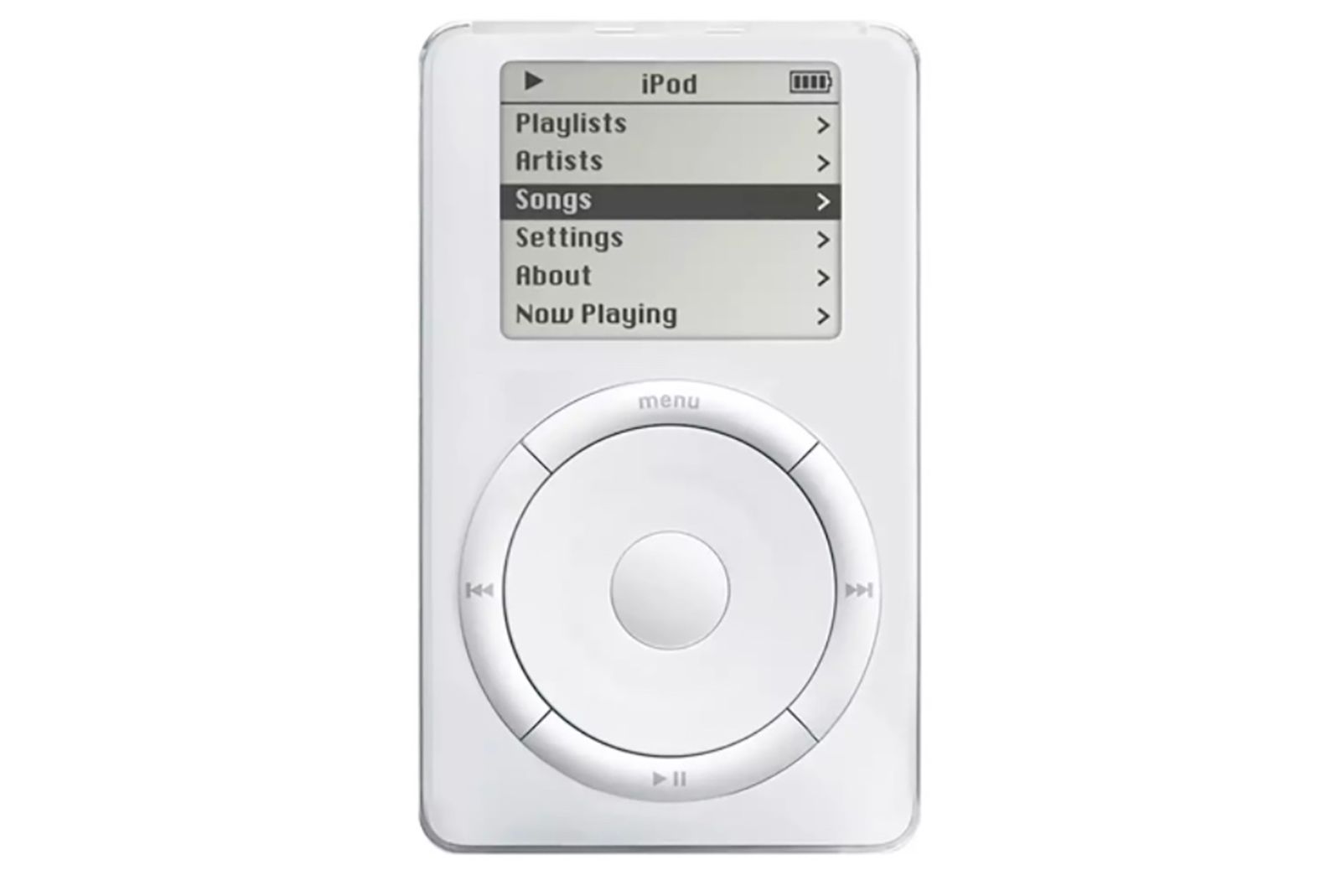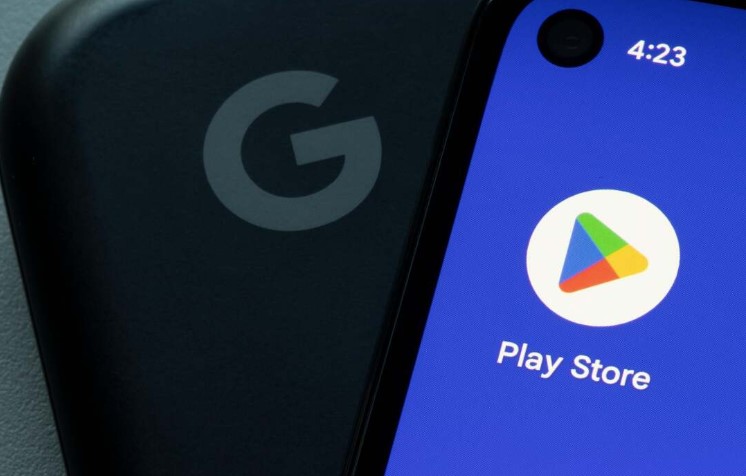40 obsolete technologies that will baffle modern generations
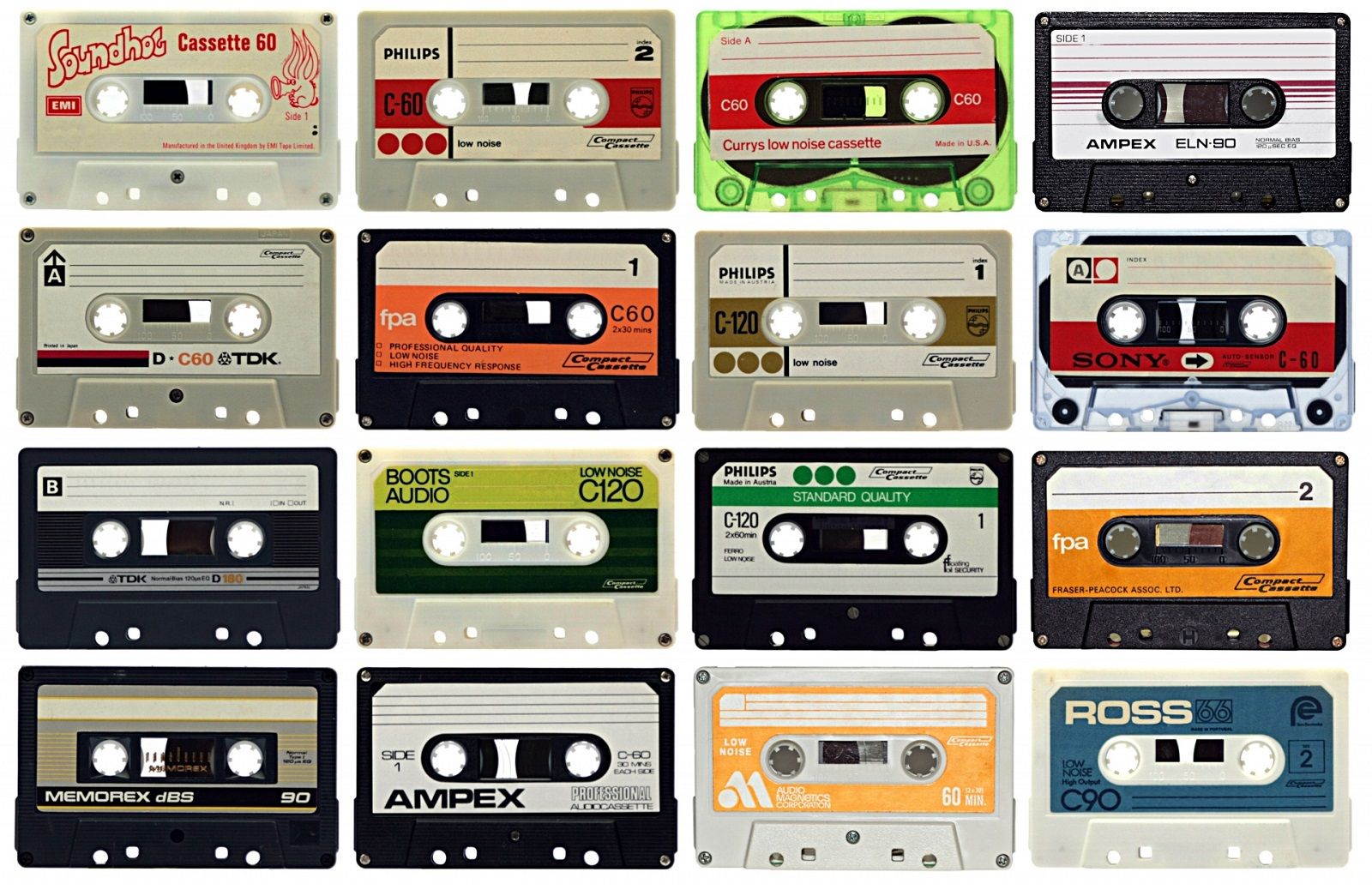
Advancements in technology come in leaps and bounds, meaning it doesn’t take long for new gadgets to become obsolete shortly after they reach their target market. Several modern technologies, such as mobile phones and computers, offer the ability to do many of the same things that these older gadgets were capable of, but in a smaller and more portable forms.
That’s why we’re taking a nostalgic walk down memory lane, looking at some of the biggest, best and most memorable gadgets from the last century that have been outdated, outmoded or just forced into irrelevance by better, modern technologies.
You might remember many of these, but there are plenty of the younger generation that don’t.
Public telephone booths
The iconic phone booth; essentially a monument to telephone’s history and now just a tourist attraction or somewhere to shelter from the cold.
The public phone booth has now been rendered obsolete by the rise of the mobile phone. There’s rarely going to be any need for a coin-operated telephone when you have one in your pocket.
Rotary telephones and wired landlines
Another piece of technology that nears obsoletion after being replaced by a computer that we carry around in our pocket. The wired telephone dates back as far as 1844 and it has seen many iterations over the years that have since passed.
One such variation was the rotary dial telephone which featured a dial arranged in a circular layout so the user had to turn the dial for each digit off the phone number they were trying to call.
Except perhaps as a novelty, rotary phones are long since a thing of the past. Wired landlines are following close behind as modern smartphones are easily acquirable, far more personal and affordable.
Dumb phones
In a world of smartphones, these old fashioned mobile phones basically did nothing but call, send text messages and perhaps, if you were lucky, allow you to play a cheeky game of Snake.
They are now thoroughly antiquated and more or less obsolete. The precursor to the modern mobile, they were extremely useful in their time and were happily running for days without charge, something which we sorely miss.
Pagers and beepers
Pagers were originally designed and built in the 1950’s but they didn’t really take hold in terms of popularity until the 1980’s. These one-way communication devices were often used by emergency services, doctors and safety personnel who needed to be reachable at all times, even when away from a landline telephone.
The rise of smartphones in the early 2000s saw the decline in the use of pagers and beepers but due to the durability, resilience and better coverage they continued to see use for several more years and, as an example, Canada was still paying as much as $18.5 million for its pager service in 2013.
Personal digital assistant (PDA)
The forefather of the modern mobile phone, the personal digital assistant offered limited access to a lot of modern capabilities we’ve come to expect, including internet access, word processing, touchscreen functionality and more.
They quickly became obsolete when smartphones started to gain favour, but before that time they were a firm favourite with businessmen across the world.
LaserDisc
LaserDisc was one of those niche formats of technology that was mainly popular among videophiles and film enthusiasts. Although it was the first format of optical video storage, available from 1978, LaserDisc failed to gain mainstream popularity due to the expense of the players.
LaserDisc offered higher-quality video than VHS and Betamax and the technology behind it was the foundation for compact disc, DVD and Blu-ray in later years. Despite never going mainstream, it wasn’t until 2001 that the last video titles were released in this format and a total of 16.8 million LaserDisc players were sold worldwide.
Digital Versatile Disc (DVD)
DVD was the evolution of the digital video format developed by tech giants Panasonic, Philips, Sony and Toshiba. With a high storage capacity, it became a medium for computer files, software and high-quality video. DVD had many benefits over that of previous magnetic storage formats, including larger storage space, but also durability that meant that in theory, the discs could have a lifespan of up to 100 years.
With faster internet speeds, video streaming technology and other superior formats such as Blu-ray – even 4K Ultra HD Blu-ray – on the market, DVD is likely nearing the end of its lifespan. Meanwhile, other formats of DVD such as the 1080p-capable, Blu-ray rival HD-DVD never really even took off in the first place, much like the fabled LaserDisc.
Floppy disks
Floppy disks were a type of data storage medium that originally appeared in the 1970s. The first was the 8-inch floppy disc, capable of storing just 80 kilobytes of data. As the floppy disks got smaller, their storage capacity grew and by the mid-1980s the 3.5-inch floppy disk was able to store a respectable 1.44 MB.
Floppy disks were unfortunately vulnerable to magnets and heat, and easily corrupted. By the 1990s software size meant many disks were required for most applications (Adobe Photoshop required over a dozen disks to run) so CD-ROMs began to take over. The floppy disk now only lives on as a save icon in most software applications.
Fax machines
The humble fax machine was essentially a modern version of the telegram. For many years, it allowed people and businesses to transmit scanned documents from one phone number to another. The recipient would have the joy of a printed copy of the document bursting forth from their machine. This was all done by a transmission of audio frequency tones that were deciphered at the other end.
Like many of the technologies on our list, fax machines have largely been rendered obsolete by the invention of email, the internet and advancements in computing technologies.
Compact cassette tape
Audio brother to VHS and Betamax cassette tapes was the compact cassette tape. Originally introduced in 1968, compact cassettes used the same magnetic tape technology to deliver affordable audio to the masses. They were used as either blank tapes that could be recorded onto (via dictaphone or boombox for example) or as pre-recorded cassettes of music albums. Cassettes could also be used to store other data and were therefore used as a storage medium for early home computers.
Cassette tapes gained popularity in the 80s but by the 90s were outsold by compact discs which soon became the standard format. Nonetheless, cassette tapes continued to sell and it wasn’t until 2001 that they truly began to die, at least in pre-recorded formats. Blank tapes were still being sold right up until 2012. In their heydey, cassette tapes sold as many as 442 million in the US alone.
We have hazy memories of fighting cassette players to rescue chewed up tapes and spending hours twizzling them back together with a pencil.
Video Home System (VHS)
In the late 80s, VHS cassette tapes became the popular standard for home video. Whether used for recording family videos or rented for the local video store to watch the latest blockbuster, these small reels of magnetic tape wrapped in plastic housing brought joy across the lands. Unless of course, someone forgot to rewind the tape you rented or a sibling recorded over your copy of Terminator 2.
The rise of DVD saw to the slow but steady demise of VHS and, by 2008, DVD replaced VHS as the favoured video technology both for recording and film distribution.
Digital Audi Tapes (DAT)
The digital audio tape was the brainchild of Sony and offered a digital recording capability but with a similar design style to the compact cassette tape in a smaller format.
DAT was capable of recording at a higher quality than CD and also boasted the ability to number tracks and skip right to them much like a CD. However, due to the cost of this format it never really caught on at consumer level but was used in various professional markets and as a computer data storage medium.
With lacklustre sales of around 660,000 sales since 1987, Sony announced it would stop production of DAT machines in 2005. The format was essentially superseded by hard disk drives and memory cards but is still in use in some areas.
Overhead projectors
A classroom classic, the overhead projector was a simple yet wonderful system for projecting images, text and drawings onto an appropriate screen.
Transparent sheets of acetate were used in place of paper to enable presenters to transpose their presentations onto the screen in front of the class. Although likely still in use in some classrooms, these projectors have likely been rendered obsolete by modern projection technology and computers.
Phonebooks
Not really a technology as such, but certainly something made obsolete by technological advancements is the simple phonebook.
These chunky paper directories included residential and business listings for all the phone numbers you could possibly need. Now rendered obsolete by the internet, these phonebooks are certainly a relic of a bygone era. Yet we still occasionally see them posted through our front door.
Portable DVD players
With the rise of DVD and the ever falling cost of the technology behind it, as the well as the shrinking sizes of processors and advancements in screen technology, it was no surprise that portable DVD players made their way to market.
However, the size of the discs and the quality of battery life meant that DVD players failed to gain widespread popularity and initially their cost was prohibitive. Now, with easy access to streaming video via mobile phones and tablets, the need for portable DVD players is almost entirely negated.
Portable dictation devices
Dictation devices, often referred to as “Dictaphones” after the company name that became synonymous with them, came in various formats and used several different data mediums that included both cassette tapes, Mini and Micro-cassettes. These gadgets were mostly used to record interviews, conversations and lectures for later note taking or write ups.
Each became obsolete as time passed by and the storage medium fell out of popularity. Digital dictation devices still exist, but even they are verging on extinction as most mobile phones are capable of offering the same functionality without the need for another standalone device.
Typewriters
The humble typewriter, the dumb precursor to the modern computer, was in its day a marvel of technology. A step up from paper and pen, the typewriter opened up a world of possibilities for those looking to craft novels, document history or scribe propaganda.
The foundations for the typewriter were laid down as far back as 1575, but it’s rarely used in a modern world of computers, laptops and tablets.
Slide projectors
A form of projector appeared in the 1950s and became a popular form of home entertainment. These projectors were used to put on slide shows of individual frames of images, one frame at a time. Generally, they were used to show snaps of family holidays or special occasions.
Slide projectors were rendered irrelevant when video projectors became more affordable and accessible.
MiniDisc players
Perhaps one of the least popular formats of optical based digital storage was the MiniDisc. With a high storage capacity of as much as 1GB, these discs could hold up to 45 hours of audio in a compact format. The MiniDisc appeared at a time when CDs were still dominating and thus struggled to gain popularity in the marketplace.
MiniDisc sales began to dwindle when MP3 players started to gain popularity and were finally killed off as a format in 2011 when Sony (the main manufacturer) ceased production.
Analogue and dial-up modems
In the days before modern broadband and 4G networks, at the initial birth of the internet, we connected to the World Wide Web via analogue and dial-up modems.
These marvels of technology required an open phone line and a lot of patience to get working. If anyone called while you were connected to the ‘net then you’d immediately lose connection. Browsing the web was slow and painful, but it was a thing of beauty and showed promise for the future that we now live in.
If you’re after a bit of nostalgia, then just listen to this recorded clip of what it used to sound like.
Walkman, Discman and MP3 players
Several formats of portable music player spawned over time to accommodate the preferred musical medium, these included portable cassette players (most notably Sony’s “Walkman”), portable CD players (the also popular Sony’s “Discman”), Minidisc players and MP3 players.
Each of these formats of portable music player eventually fell into obsolescence as other more technologically advanced players appeared. They all had their benefits though. We have both fond and frustrating memories of each of these players, whether it was fighting Walkmans to save a chewed up tape or desperately trying to fit a portable CD player into a coat pocket.
Betamax
Betamax was the earliest version of consumer-level video cassette tape format, originally released in 1975. Developed by Sony, Betamax was the standard for magnetic videotape until it became obsolete as the VHS format appeared and dominated in the 1980s.
Surprisingly, Betamax recorders continued production until 2002 and the cassettes themselves were still available right up until 2016.
Daisy wheel and dot-matrix printers
Before the times of laserjet and inkjet printers, we had a number of different black and white printers that were essentially a short step up from typewriters.
These printers were slow and cumbersome, but they did the job, even if they did make a lot of noise while doing so.
Gameboy and Gamegear
In 1989, Nintendo released another gaming console that would help it dominate the gaming market. The Game Boy was a classic handheld gaming system, with a monochrome green and black screen and a simple design. Big gaming titles like Tetris helped the Game Boy to sell over a million units in the first year alone.
A short while later, Sega released the Game Gear, its colour competitor to the Game Boy. Backed by a strong catalogue of games from the Sega Master System, the Game Gear should, in theory, have dominated the market, but struggled to compete with the Game Boy, mainly thanks to poor battery life.
Both have long since become obsolete with the invention of newer devices, but Nintendo still leads the market with its various DS systems.
Nintendo N64
There were many other consoles both before and after the N64, but it certainly was a great gaming machine and the last of the stubborn cartridge-based consoles to be released by Nintendo. Launching in 1996, the N64 came to market competing with the likes of the original Sony Playstation and the Sega Saturn. Strong competition aside, Nintendo still managed to sell 32.93 million N64 consoles worldwide.
The N64 is remembered fondly by many, especially for its big gaming titles that included Super Mario 64, GoldenEye 007 and The Legend of Zelda: Ocarina of Time.
Film cameras
The traditional film camera has basically long since been pushed from the mass market by the modern age of the digital camera.
No longer do we need to rely on reels of film or trips to the local shop to get them processed. Digital cameras, SD cards and modern computing systems mean we can snap away happily and see the results of our photos instantly with far less hassle and expense.
Pro photographers and retro snappers still use film cameras for certain artistic purposes. but few others.
Polaroid instant cameras
Polaroid cameras originally came to market in the mid-1960s and at the time presented a marvel of technology that allowed people to see the photos they were taking seconds after they were snapped without having to wait for someone else to develop them. For years, Polaroid instant cameras were a wonderfully expensive marvel of photographic convenience.
In recent years, the rise of the digital camera and smartphone photography has meant that Polaroid’s technology essentially became an unnecessary nicety and declining sales forced the company to file for bankruptcy twice.
You can still find Polaroid cameras and films on sale, but it’s niche at best.
GPS navigation systems
Many car manufacturers still choose to install them in new vehicles, but as a standalone unit, GPS navigation technology is nearing the end of its lifespan.
Current smartphones are more than capable of getting the modern human from point A to point B with the use of navigation apps like Google, Bing and Apple Maps. Once again, advancements in mobile technology have forced other older technology into obsolescence.
Vinyl records
Vinyl records are probably one of the oldest and most long-lasting formats for storing audio recordings. Available in varying formats since the late 1800s, the vinyl record is still in production today and is another format that’s sworn to be the best by audiophiles and sound enthusiasts alike. The format has even had a sales resurgence of late.
Vinyl reaches our list, not because it’s obsolete, but because it refuses to die.
Calculators
Although no doubt still used in some schools and offices, the humble calculator is a simple technology that’s surely reaching the end of its lifespan.
With calculator apps available on smartphones and tablets, as well as easily accessible calculators on computers and laptops, there’s barely any need left for these independent devices.
Nintendo Entertainment System (NES)
Nearly a decade after the Atari 2600 made its way into people’s homes, Nintendo released the first of its successful gaming consoles to the world market. Backed by a number of gaming titles that included names that would become part of gaming history, the NES quickly became the best-selling games console of its time.
With the likes of Duck Hunt, Super Mario Bros and more being first released on this system, the NES shot Nintendo to the forefront of the gaming industry and turned them into a household name. Production ended in 1995, but Nintendo filled the world with nostalgic joy in 2016 when it announced the release of the NES Classic Mini, the tiny reimagined version of the console with 30 games pre-installed and the ability to work on modern HD TVs.
Atari 2600
One of the ancestors of the modern games console, the Atari 2600 was originally released in 1977 and was a cartridge-based home video game system loved and nostalgically remembered by many. Atari is also well-known for the creation of games such as Pong, Missile Command and Asteroids, true classics that were playable on the console.
Although the Atari 2600 was not the first cartridge-based games console (it was the second – the first being the Magnavox Odyssey) it is perhaps the most well-known and most memorable thanks to the games line-up and history behind it. And the fake teak panelling on the front, of course.
This early technology quickly became obsolete as game console technology progressed swiftly forward.
Cathode ray tube televisions
The scientific technology behind cathode ray tube televisions dates back to 1869, but it wasn’t until the mid-1920s that the technology was first put into an actual television set. These chunky televisions became the mainstay of TVs for decades until technology advances and the release of LCD and plasma flat screen televisions pushed CRT sets into obsolescence in around 2007.
Gone are the days of degaussing, bashing the side of a set to get it to work properly or having to get up to change the channel.
Paper maps
Ok, so maps might not be technically a technology as such, but they were still an impressive feat of measuring and mapping back in the good old days.
Paper maps were also used by people from all over the world to navigate and travel to new places. The advent of modern digital maps, supported by GPS and satellite imagery technologies has all but rendered traditional maps obsolete.
Disposable cameras
In a world where we care more about recycling and minimising our carbon footprint more than ever, it seems like such an alien concept to have disposable cameras.
There were single-use plastic cameras that allowed you to take photos, get them processed, then simply throw the camera away. Madness. Especially at a time where we all have phones in our pockets capable of taking hundreds upon hundreds of photos, then simply having them printed and delivered to us by an online service. Simple.
Encyclopaedias
Again this one isn’t really a technology, but Encyclopaedias have been rendered obsolete by technology, so that counts in our book.
These fancy books were essentially a fountain of all knowledge and facts that you could pick up and soak up. That is until Google and Wikipedia came along of course. Now access to information is a lot easier and it’s much easier to look up exactly what you’re interested in as well, rather than having to thumb through an index.
The Clapper
The Clapper was a simple device that plugged into a wall socket then allowed you to turn devices or lights on and off with a simple clap of your hands.
Not quite as useful as today’s smart products, but certainly a nifty gadget for the time.
Calculator watches
When were kids at school our teachers told us we had to learn maths because we wouldn’t have a calculator in our pocket all the time.
Then we got one on our wrist in the form of Casio calculator watches. At the time this was a modern marvel and around the same time, there was also a watch that could work as a TV remote control. But now it seems antiquated with the all-singing, all-dancing smartphones in our pockets.
PS/2 Ports
Have you seen those memes where there’s a photo like this with some caption like “I’m this old”? Well, that’s because this is a PS/2 port. What we used to use to connect a mouse and keyboard to a personal computer back in the heady days of the 1980s and onwards. Luckily these fiddly ports have since been replaced with USB-A and hopefully soon, USB-C. But at least they were colour coded.
Apple iPods
Just like MP3 players this music player has been rendered obsolete by the rising of services like Spotify and easy access to music on your smartphone.
Just recently Apple finally discontinued the Apple iPod. Just like MP3 players this legendary music player has been rendered obsolete by the rising of services like Spotify and easy access to music on your smartphone.


